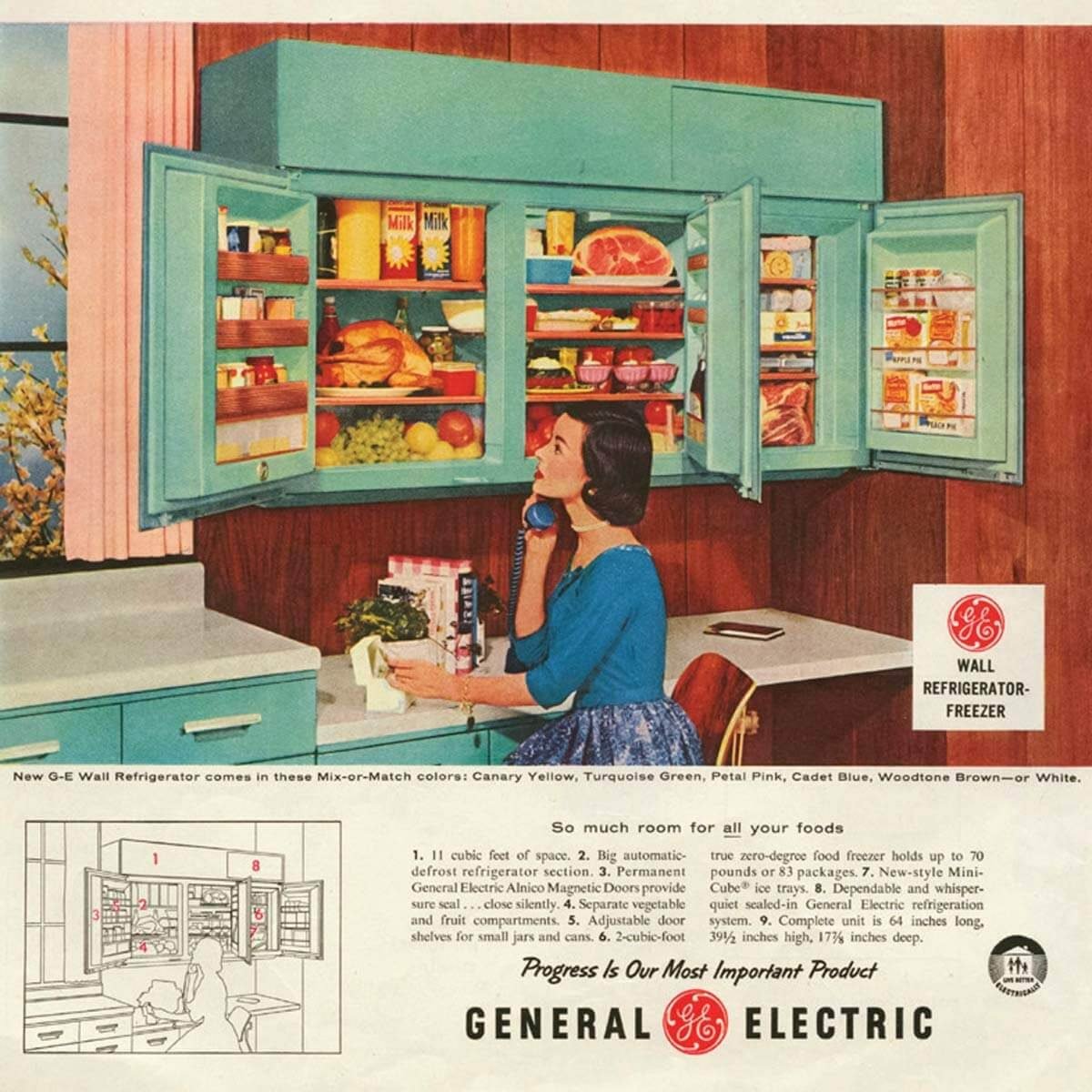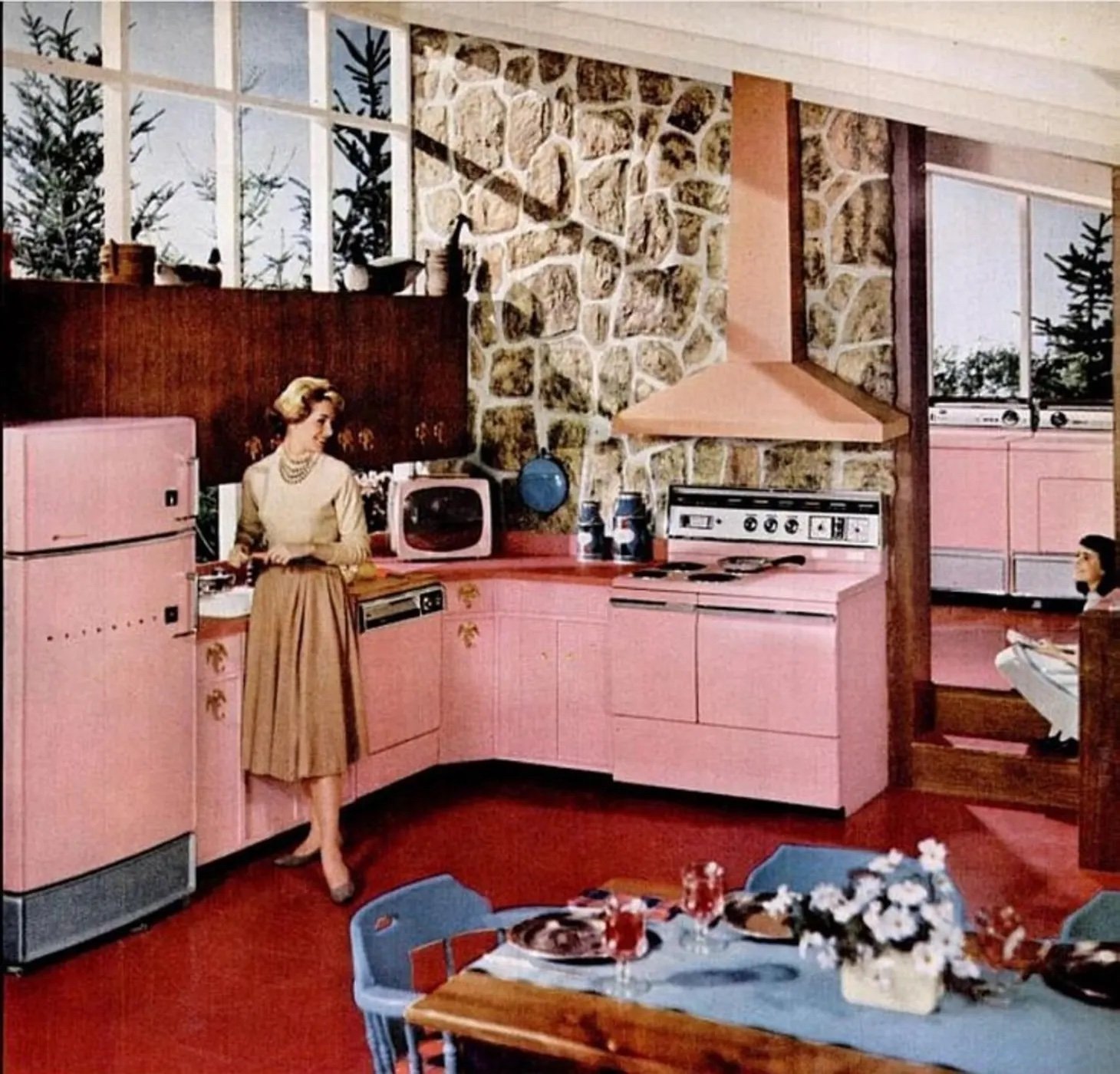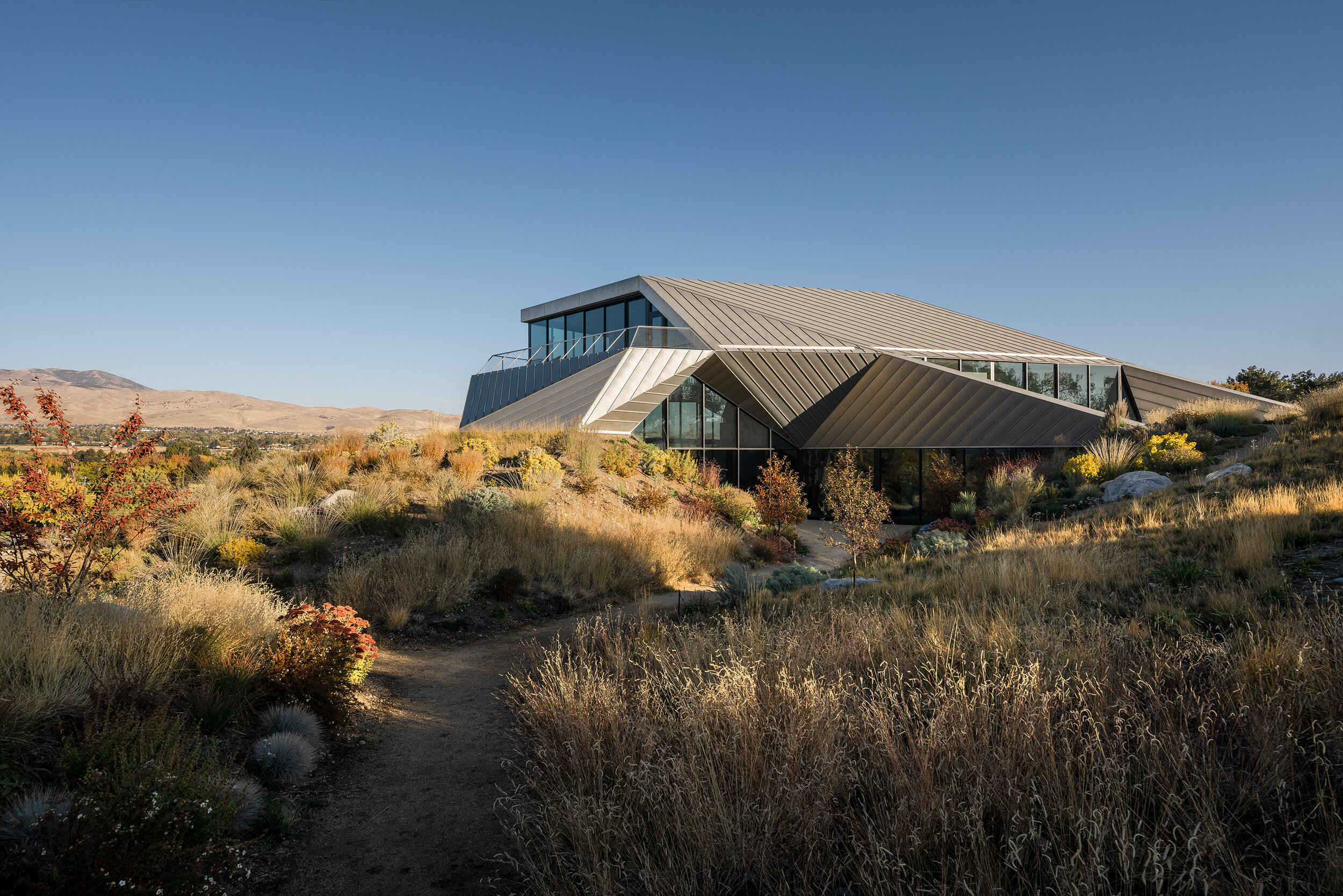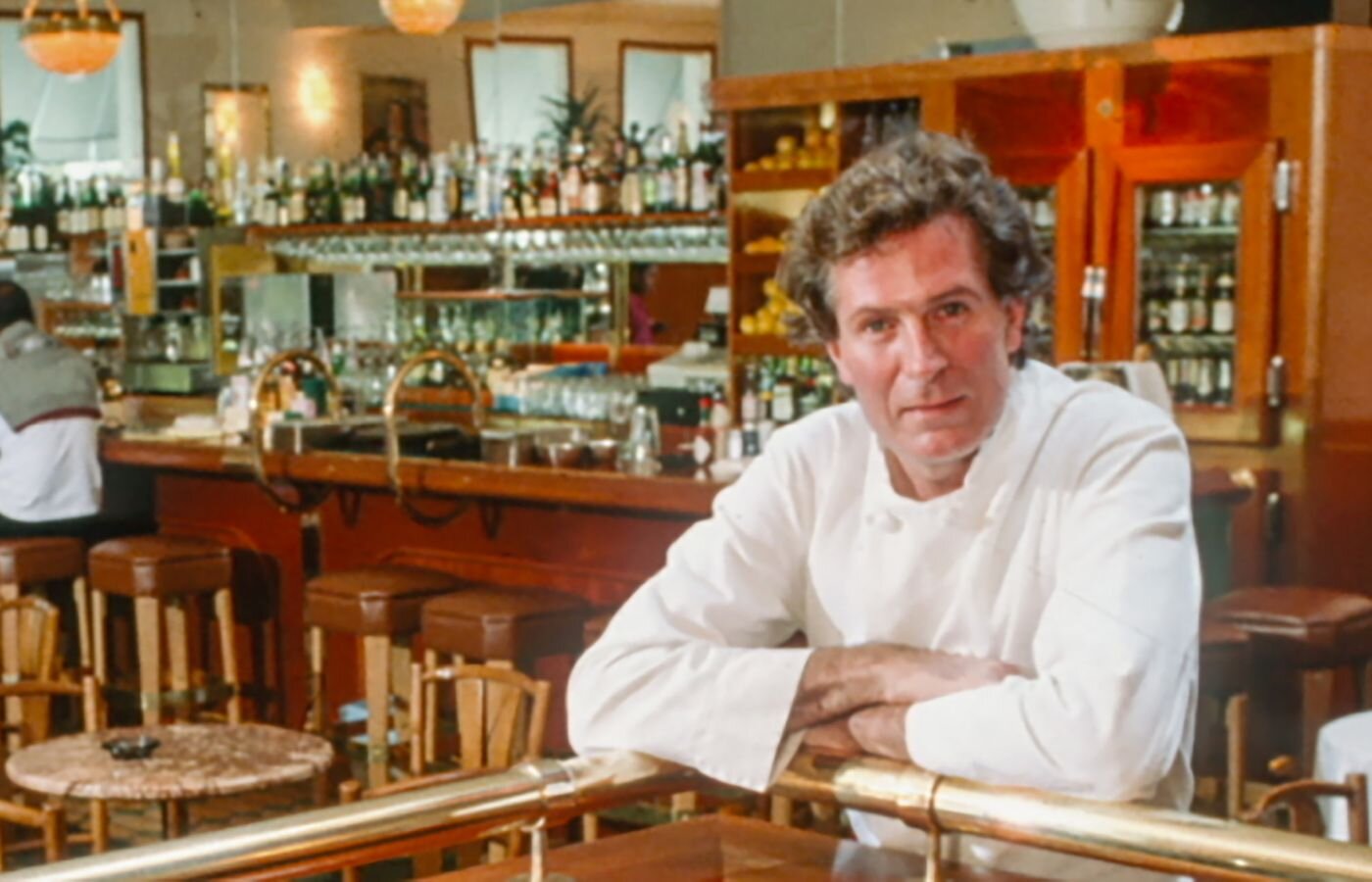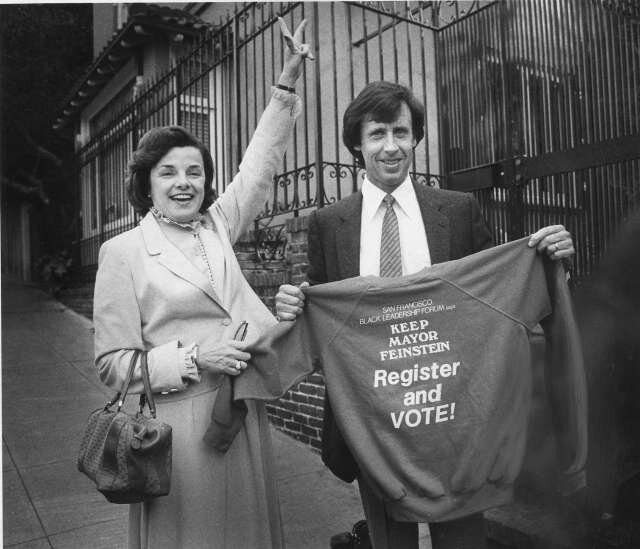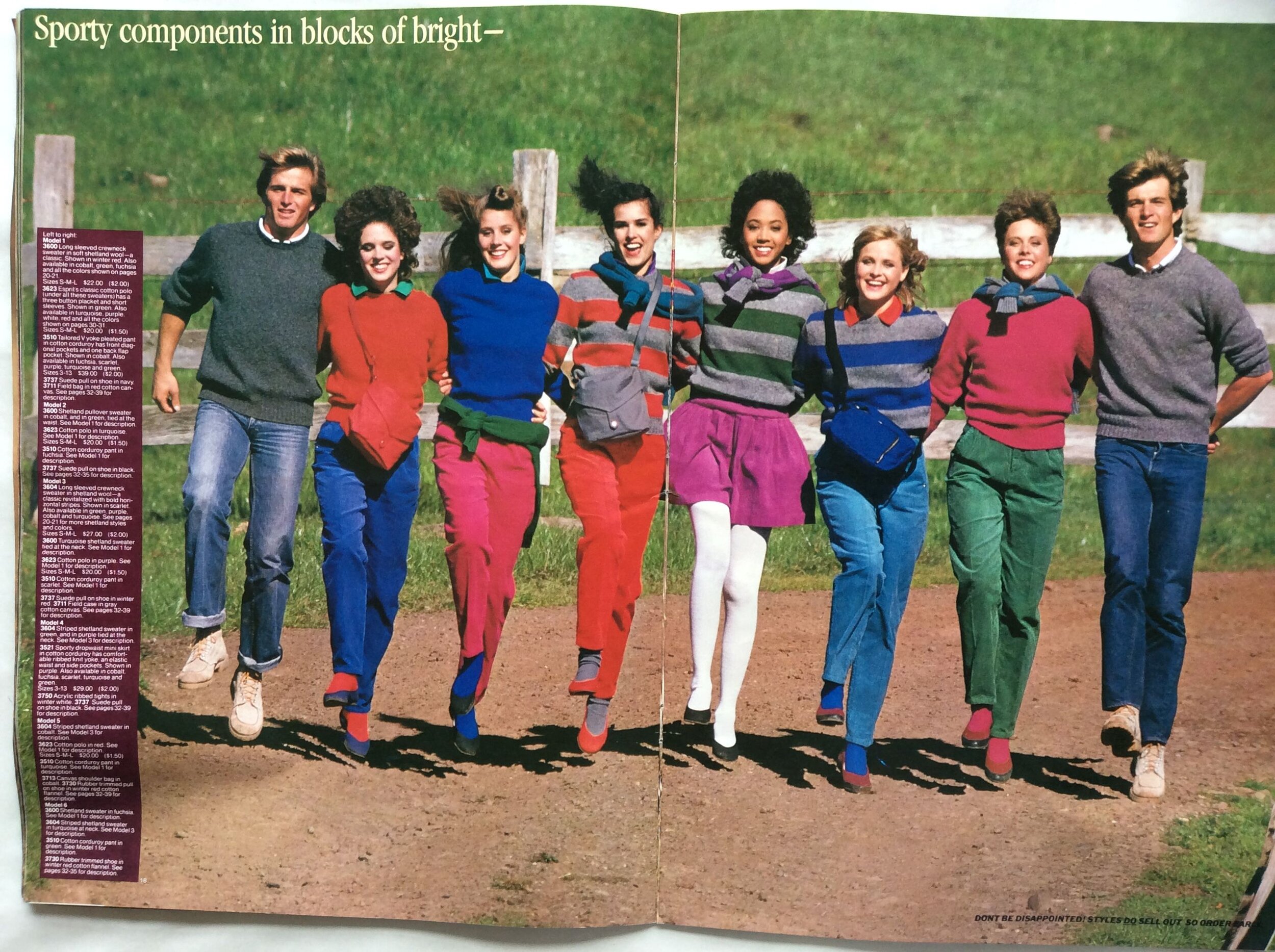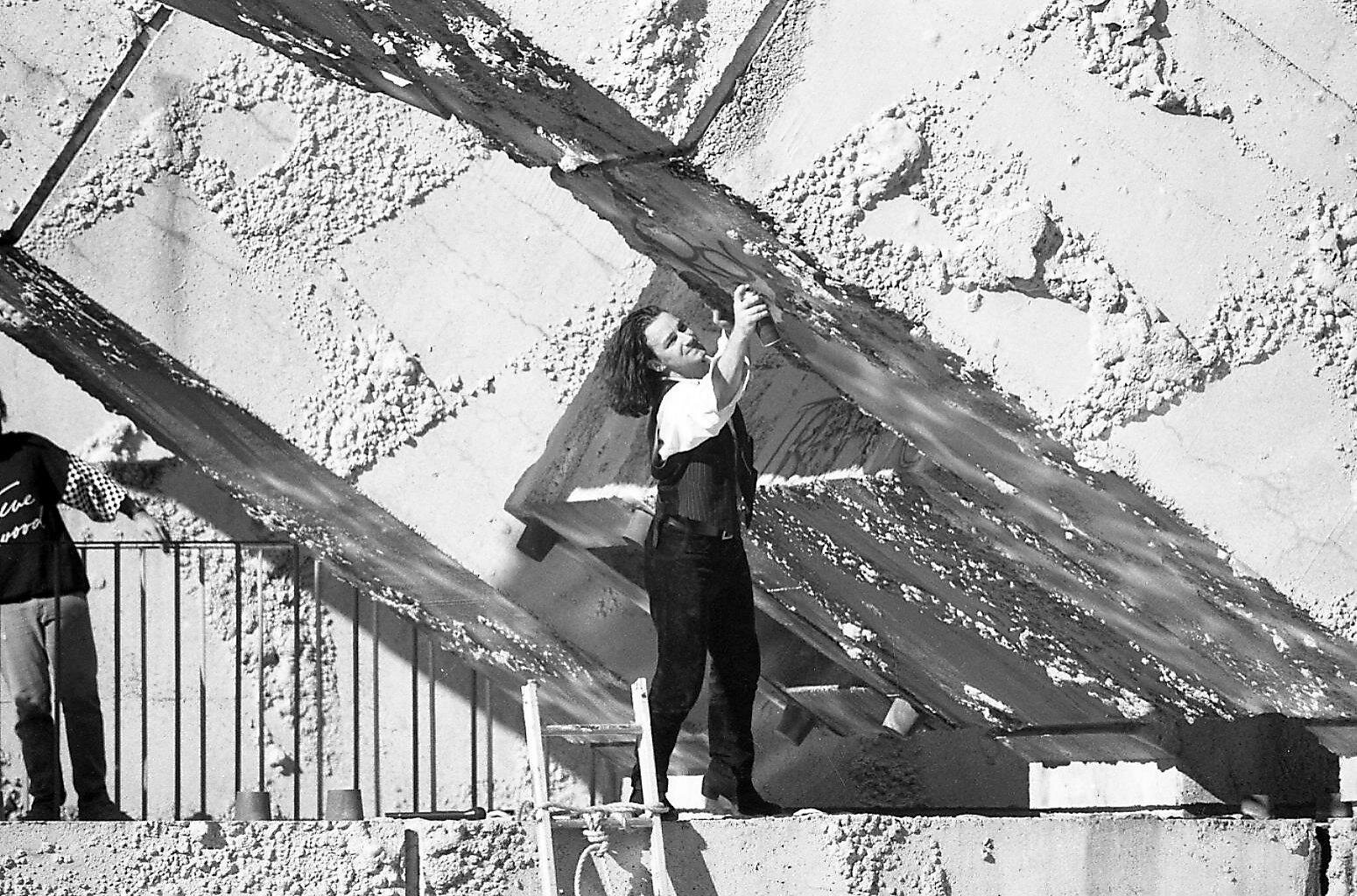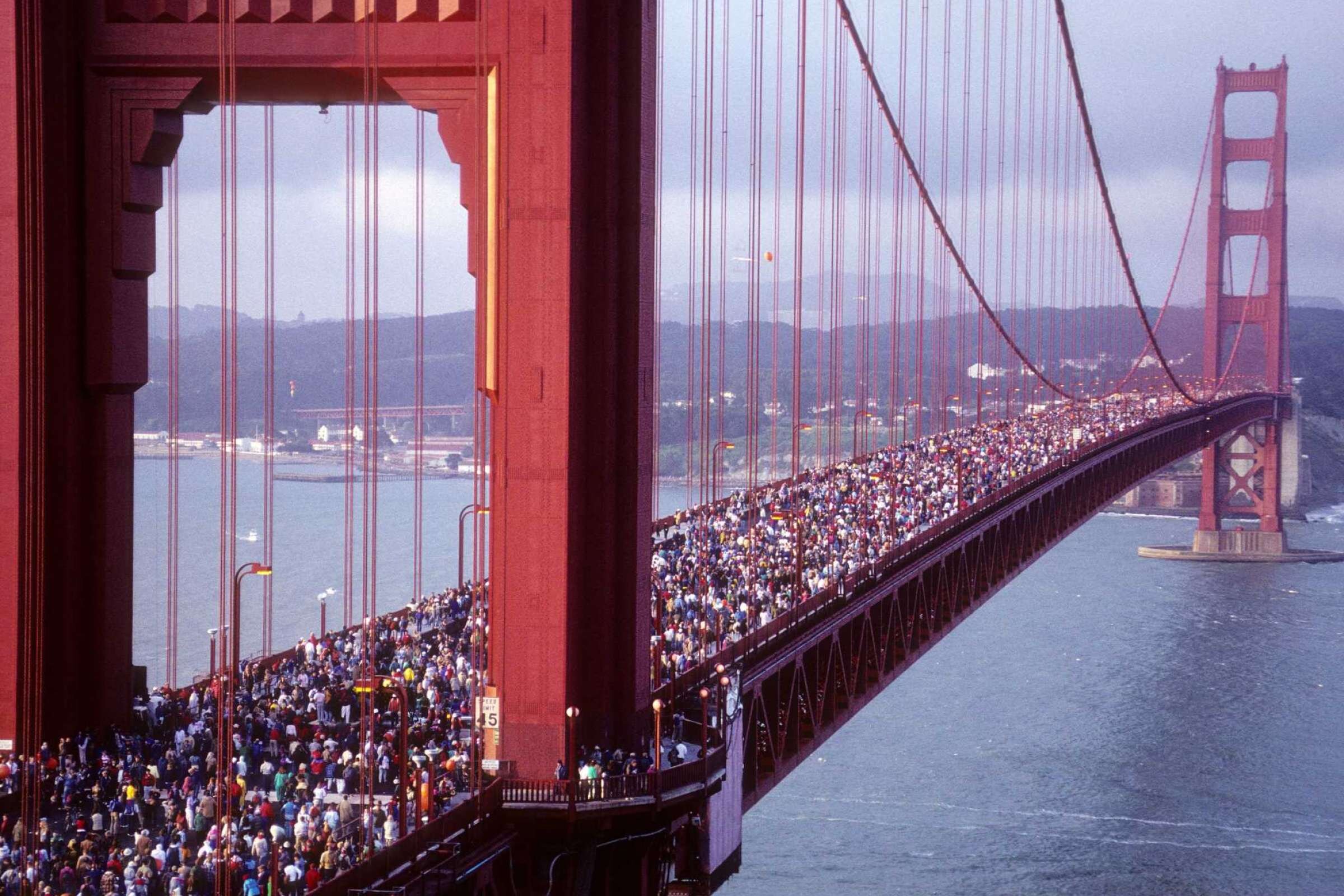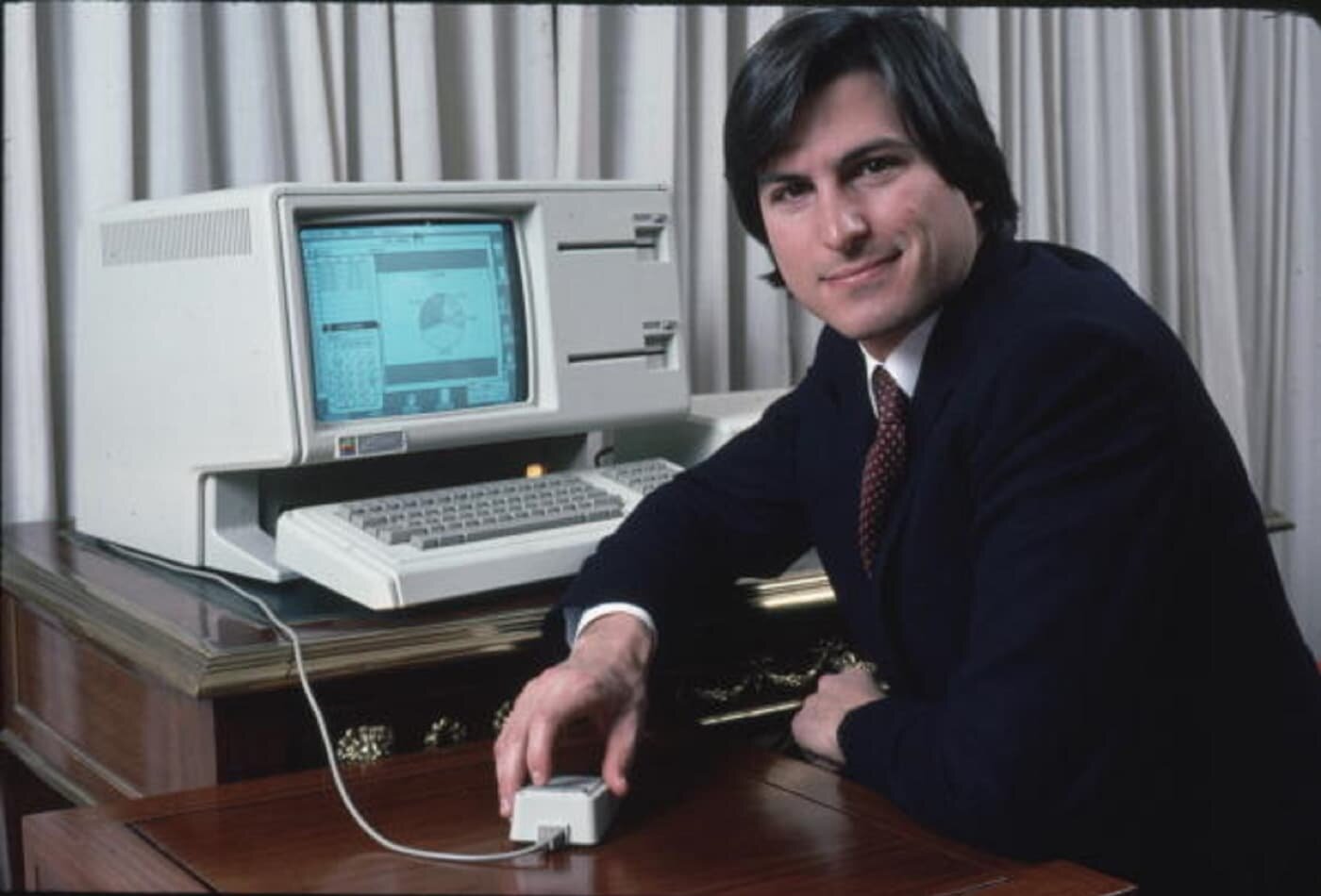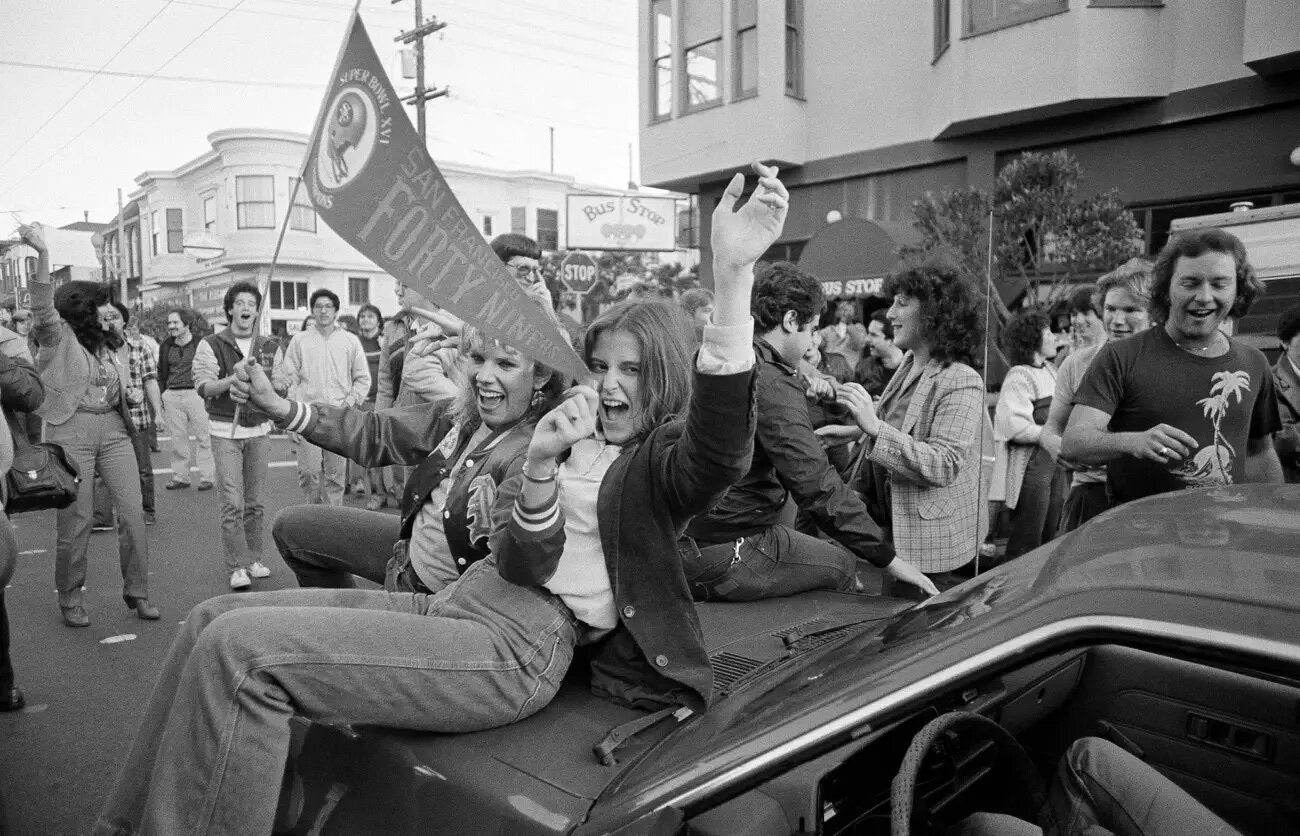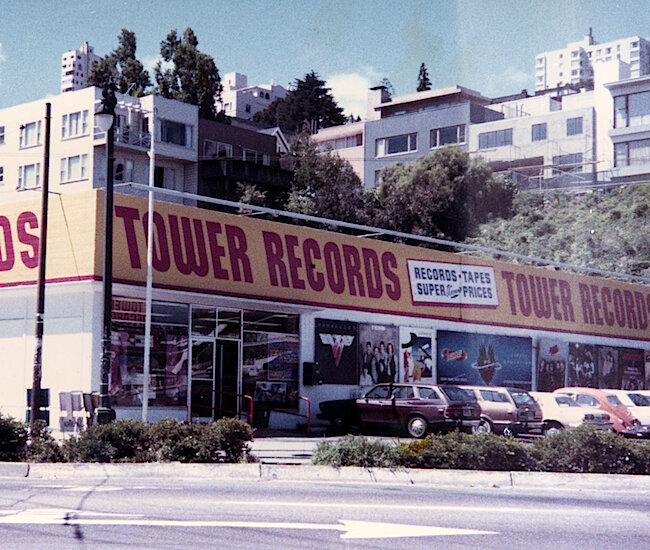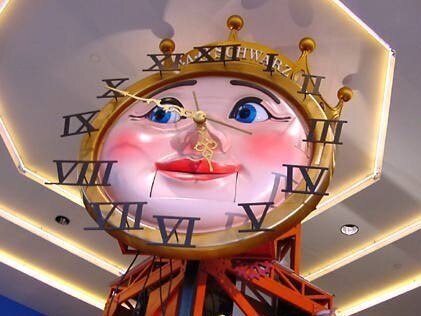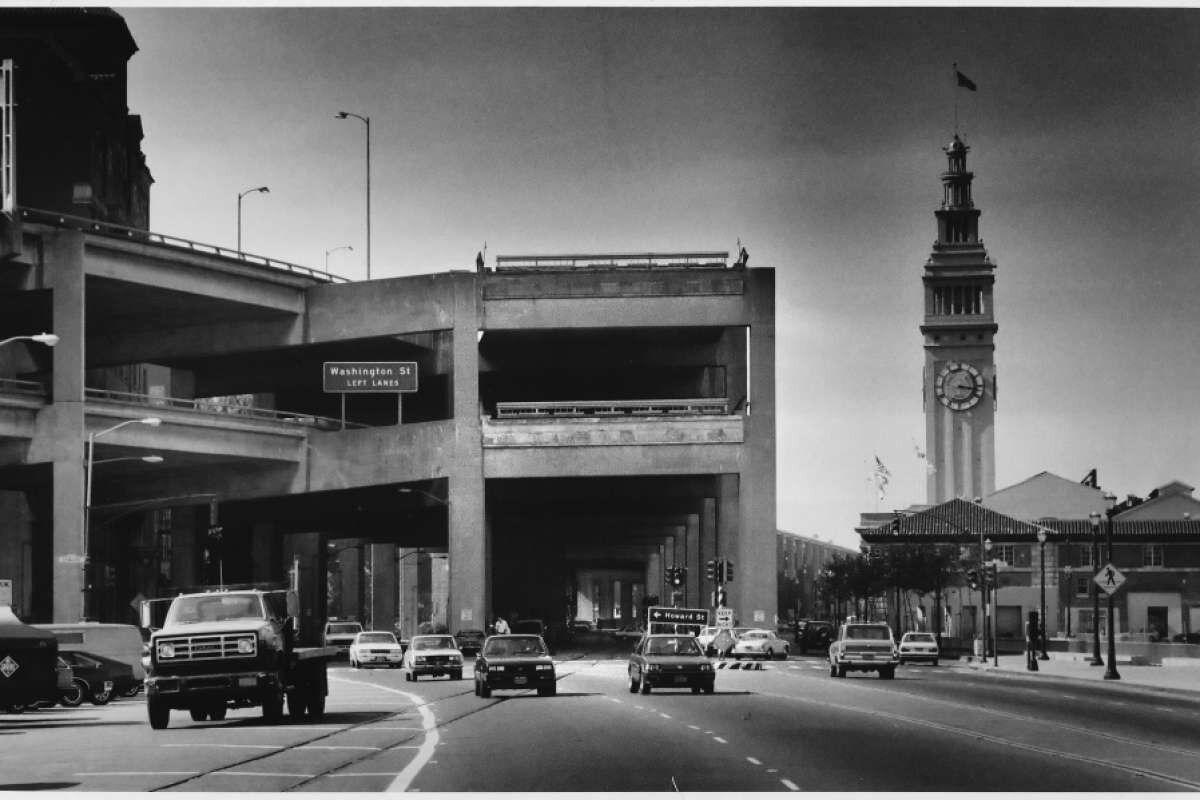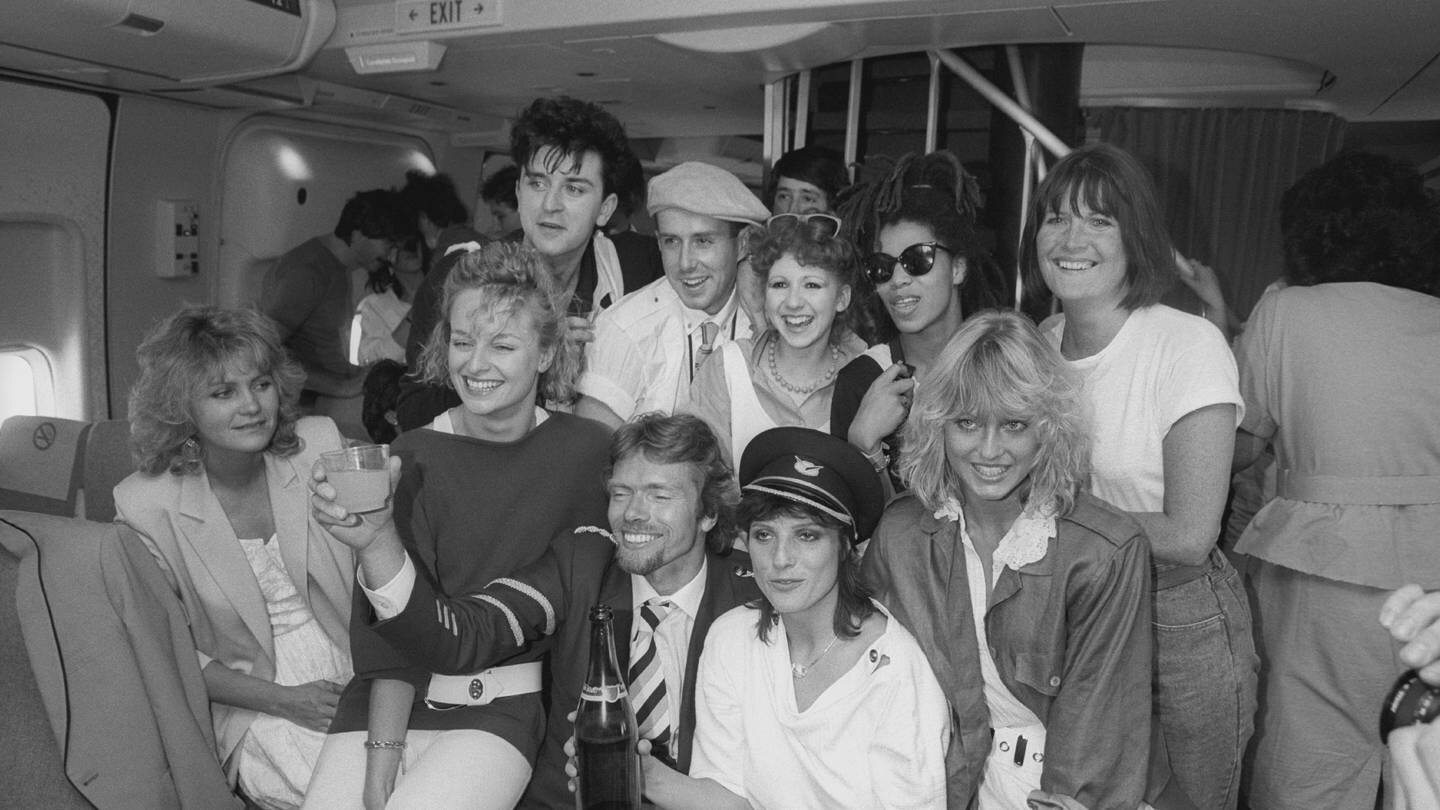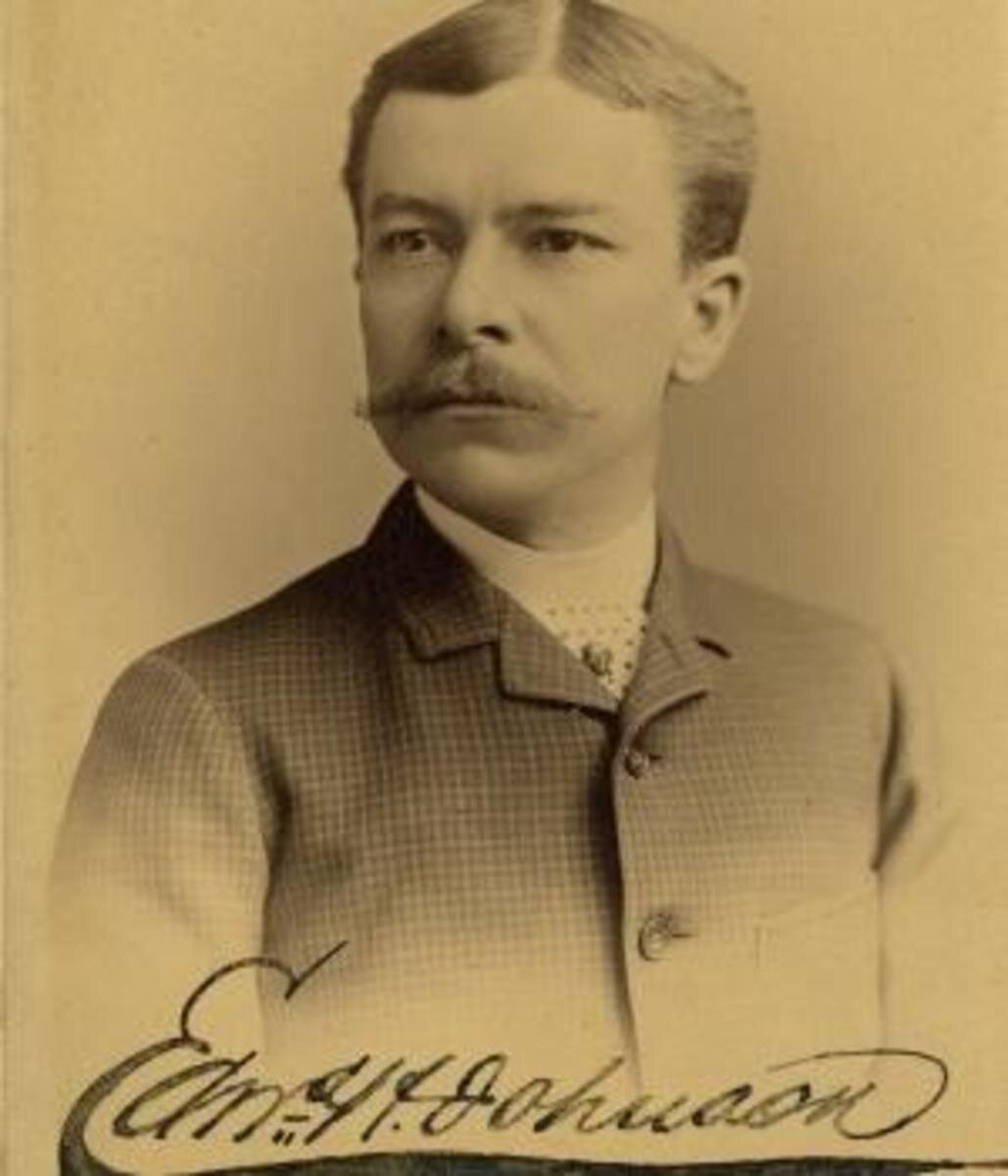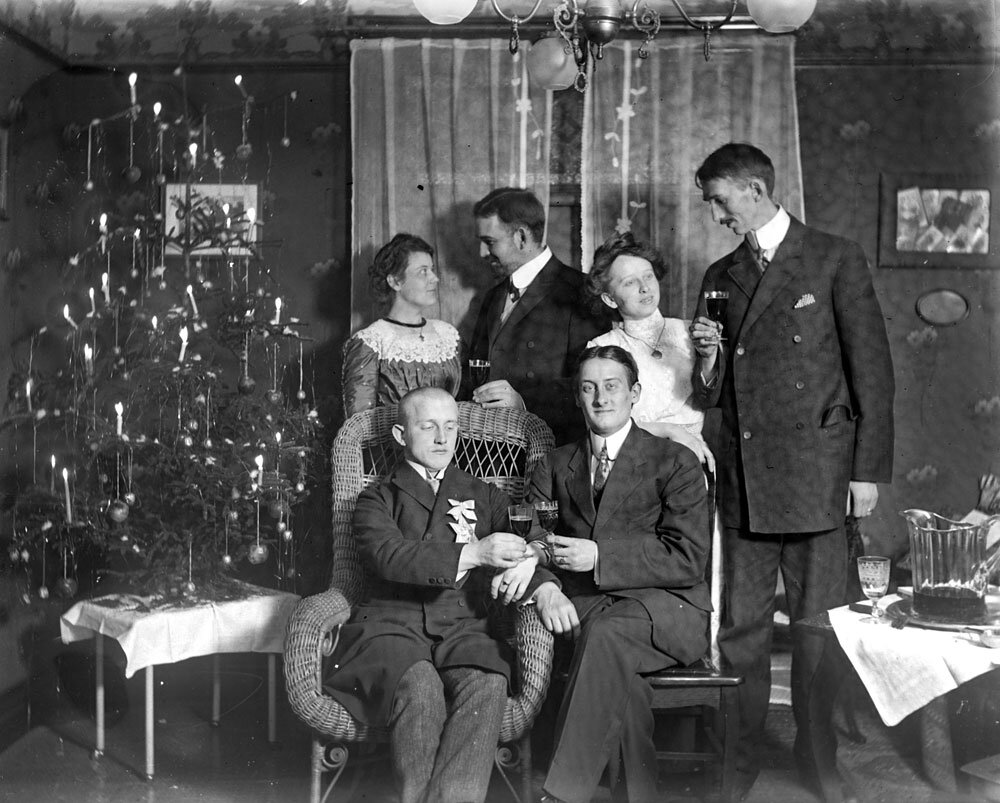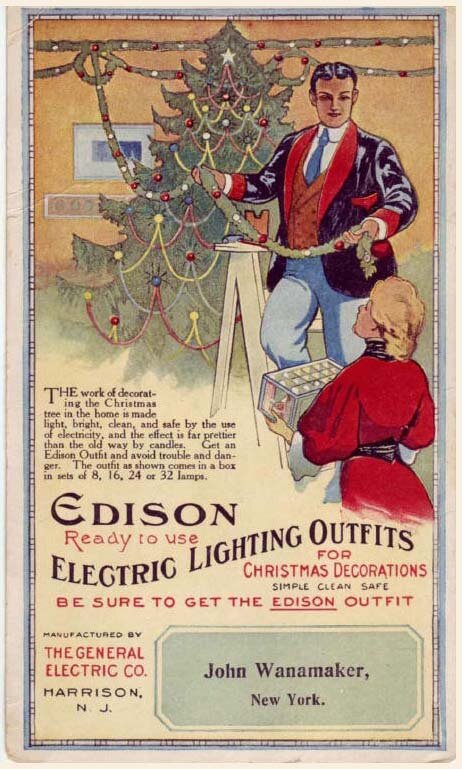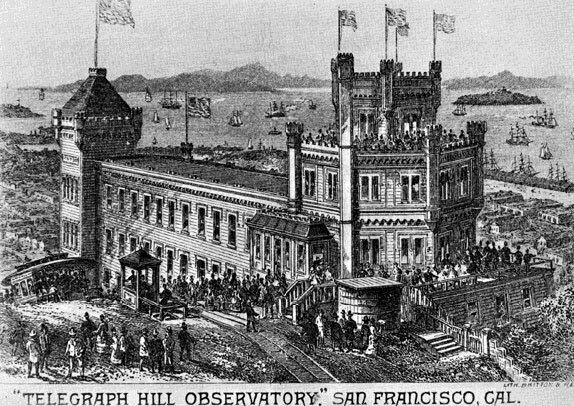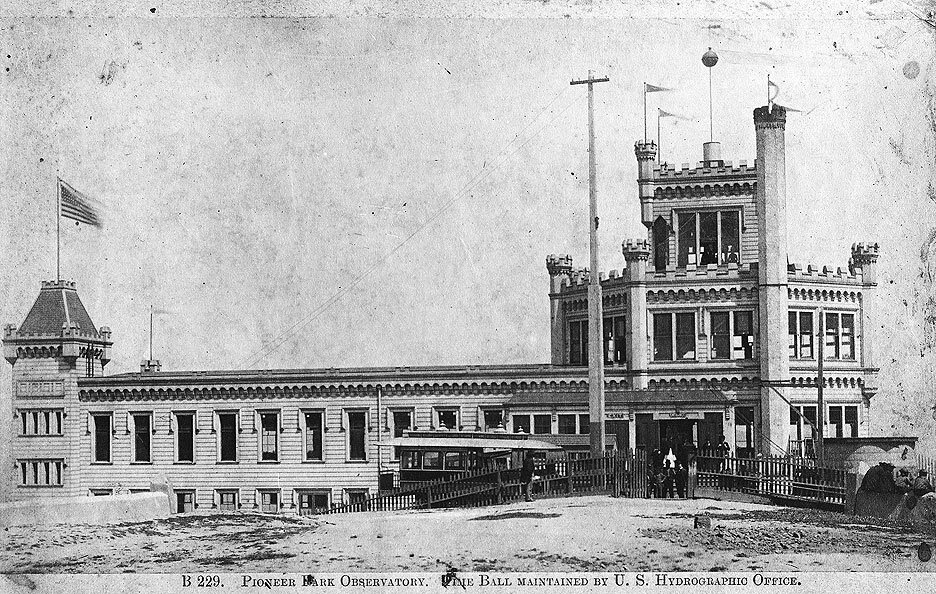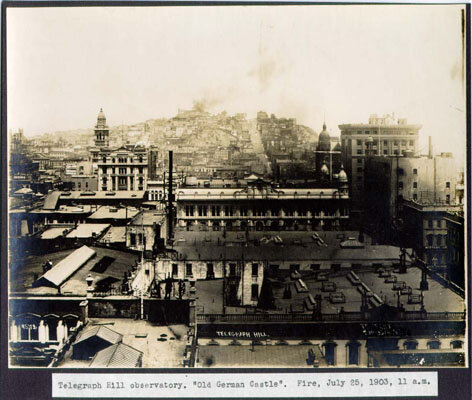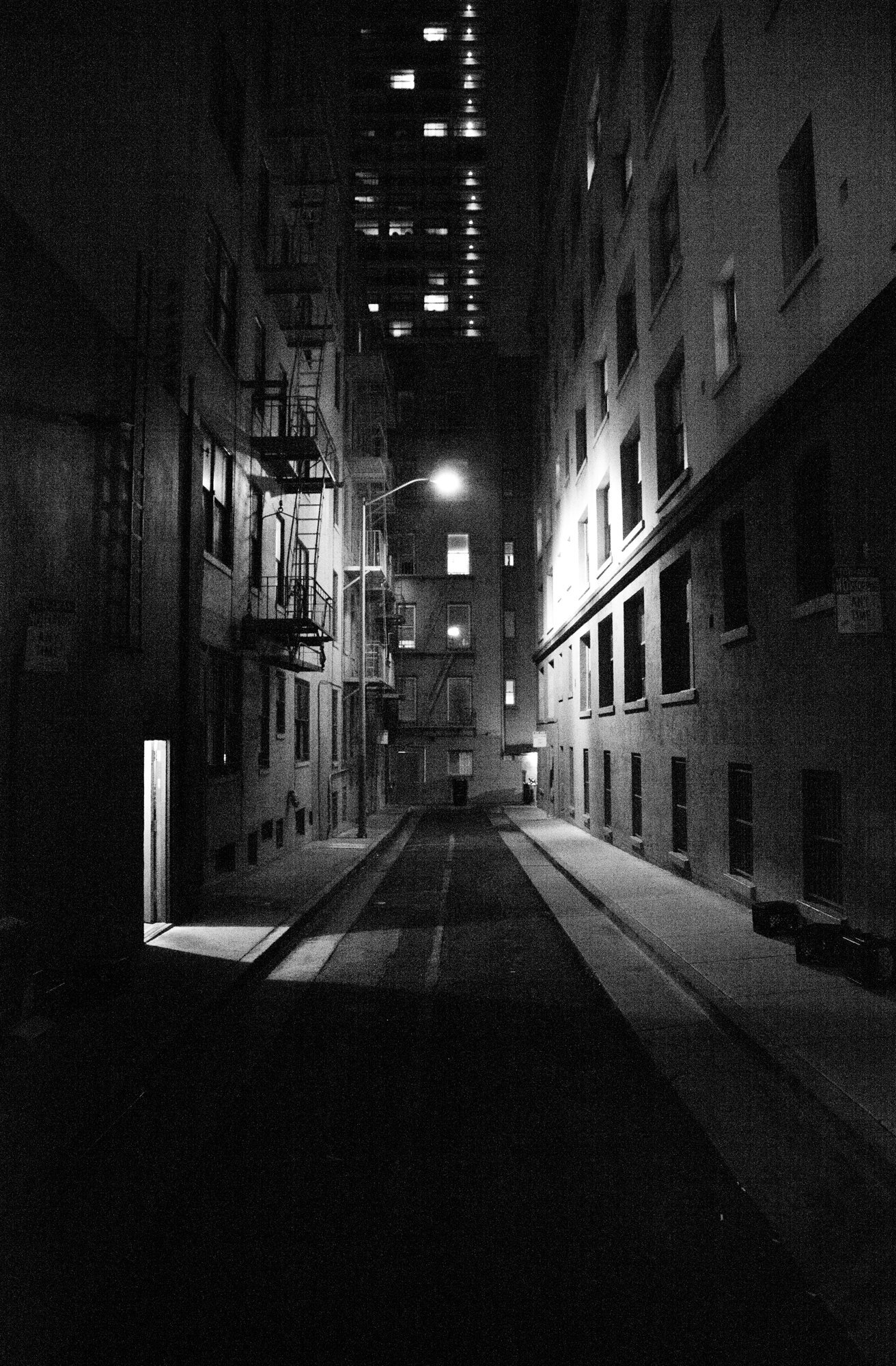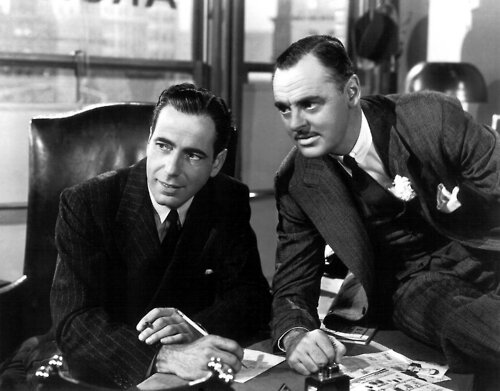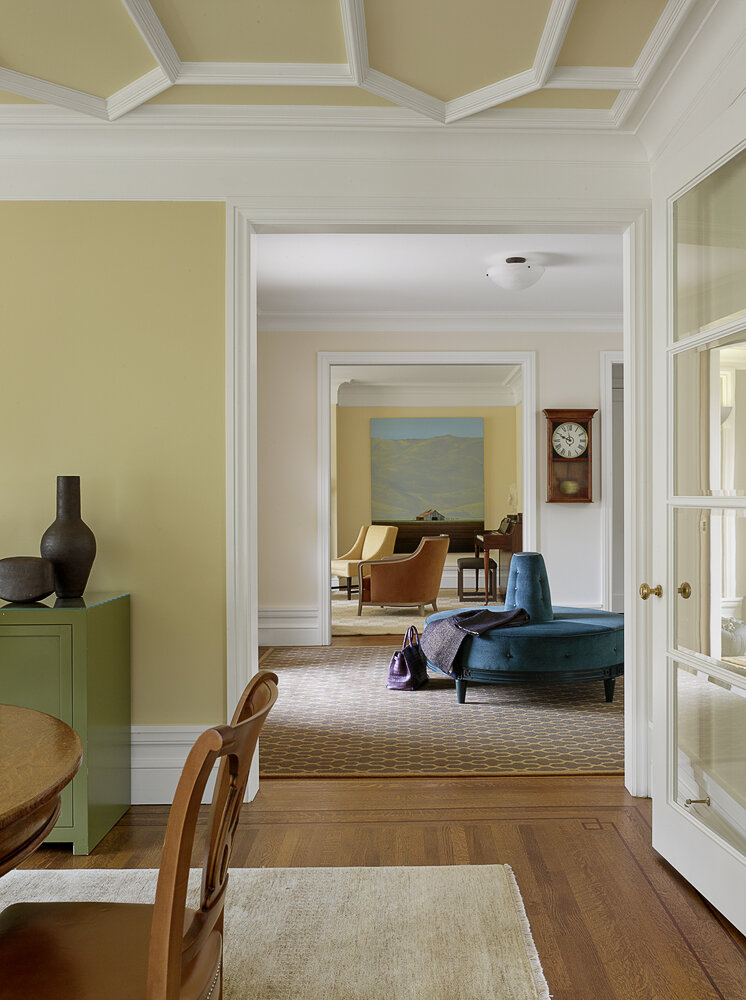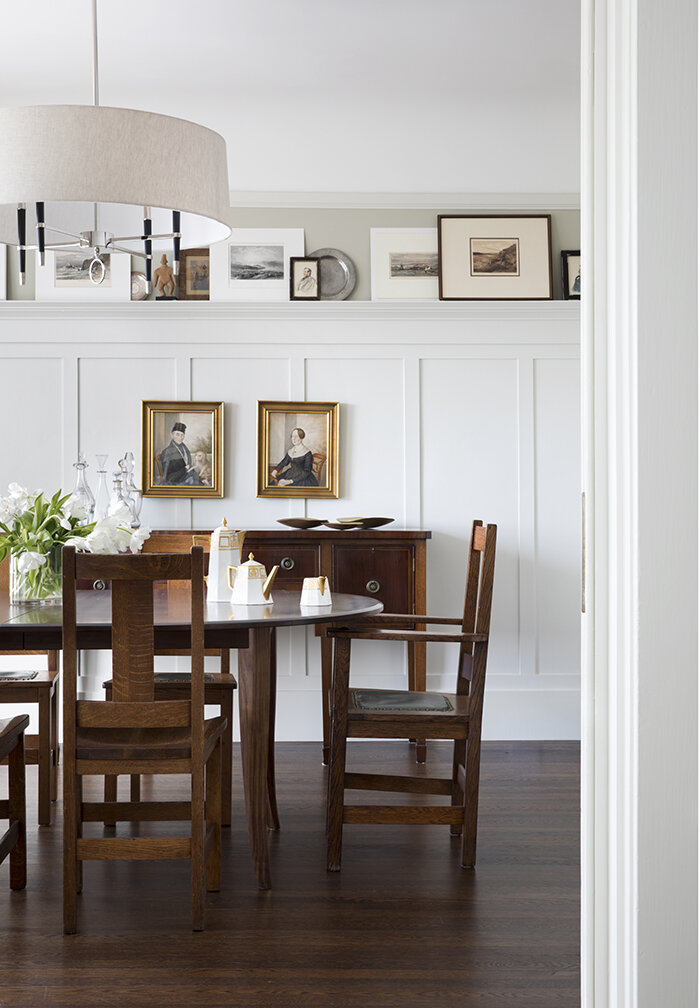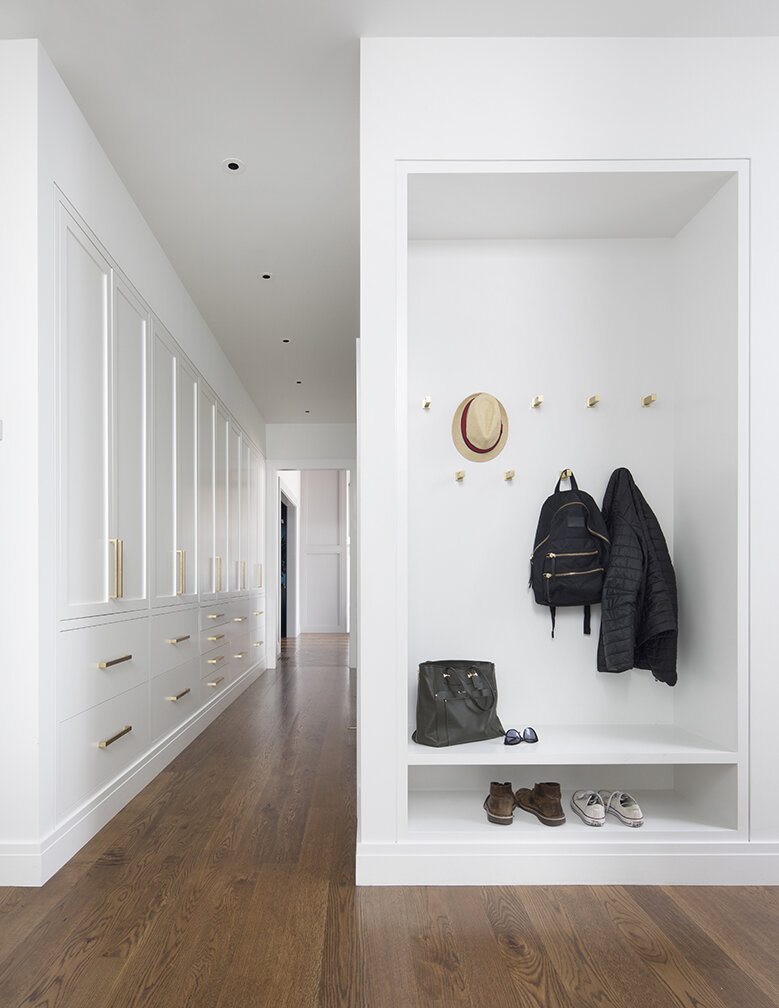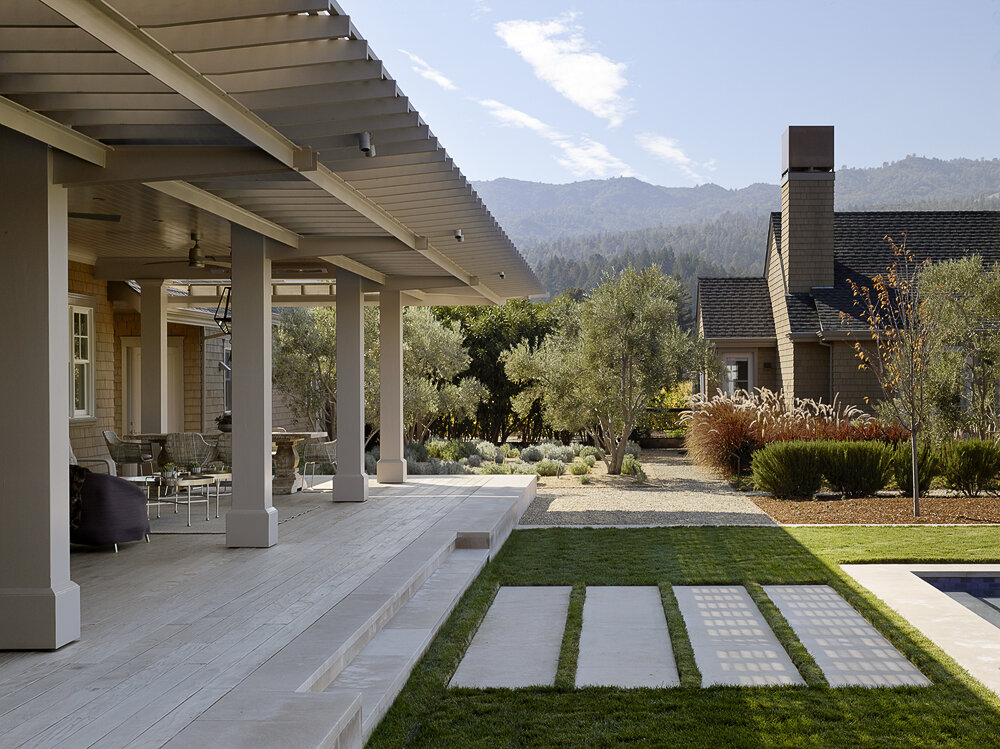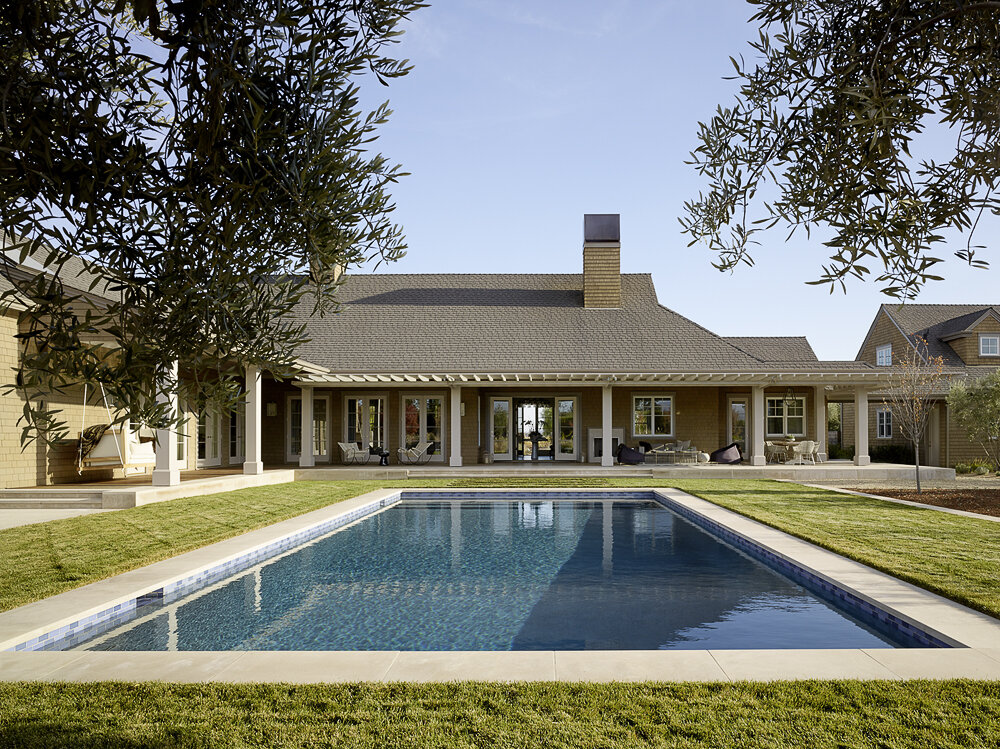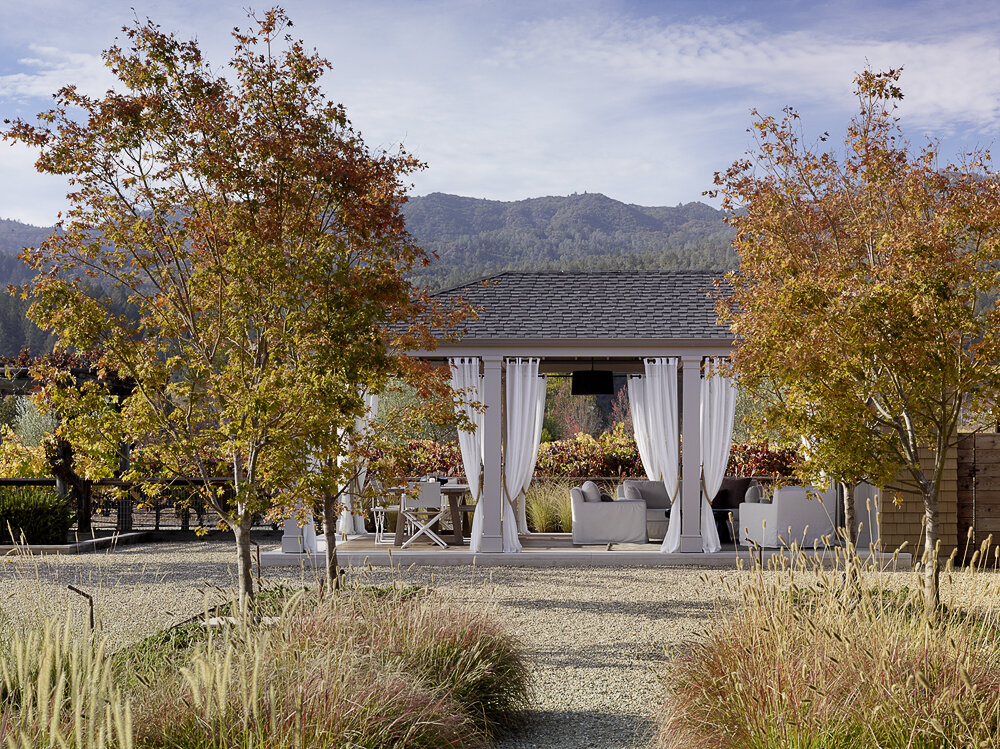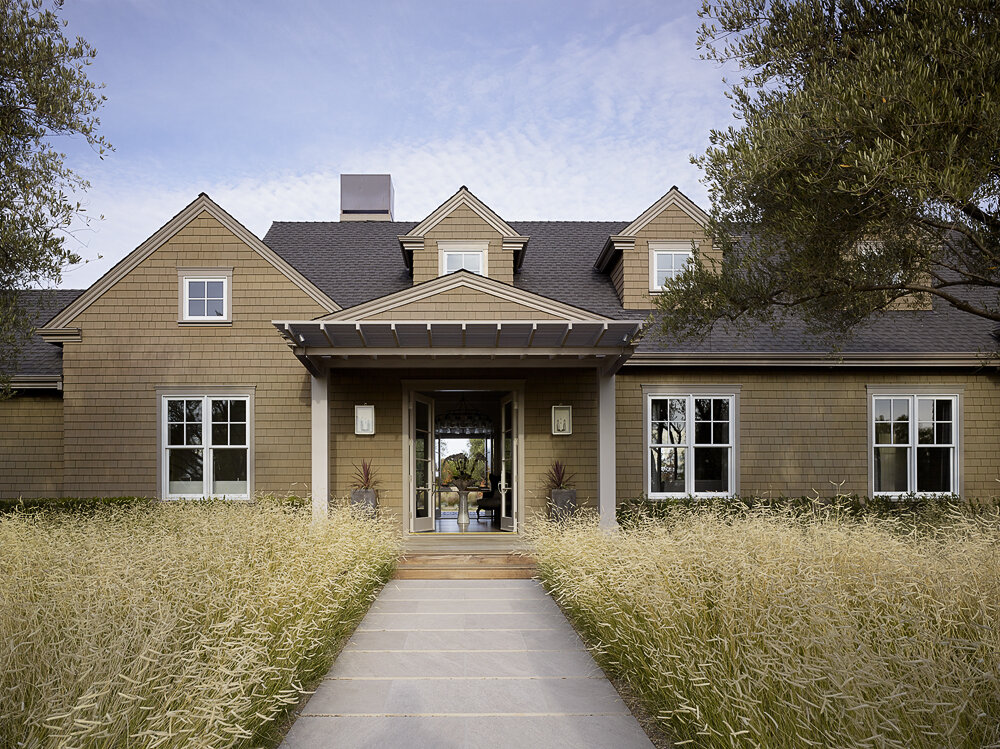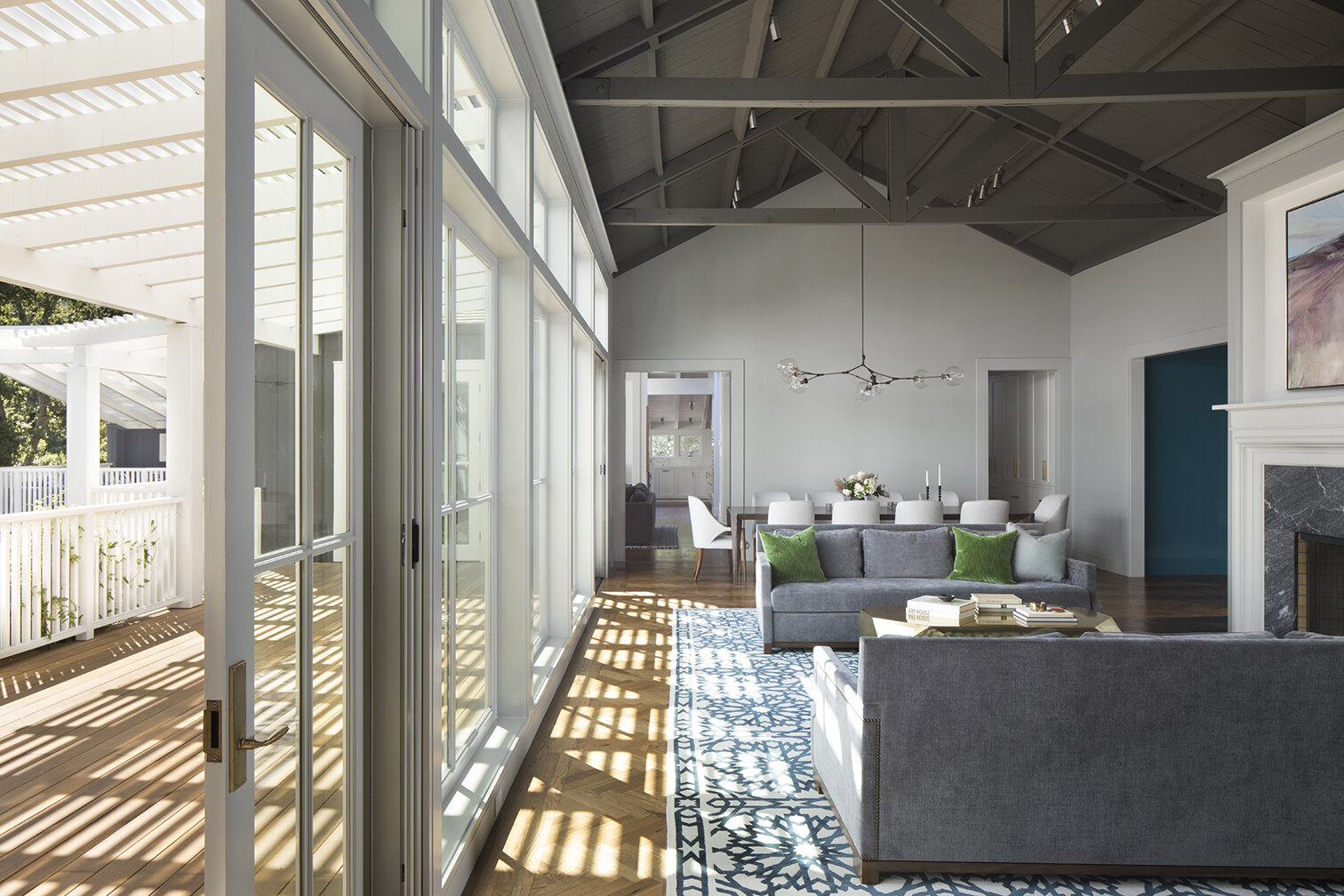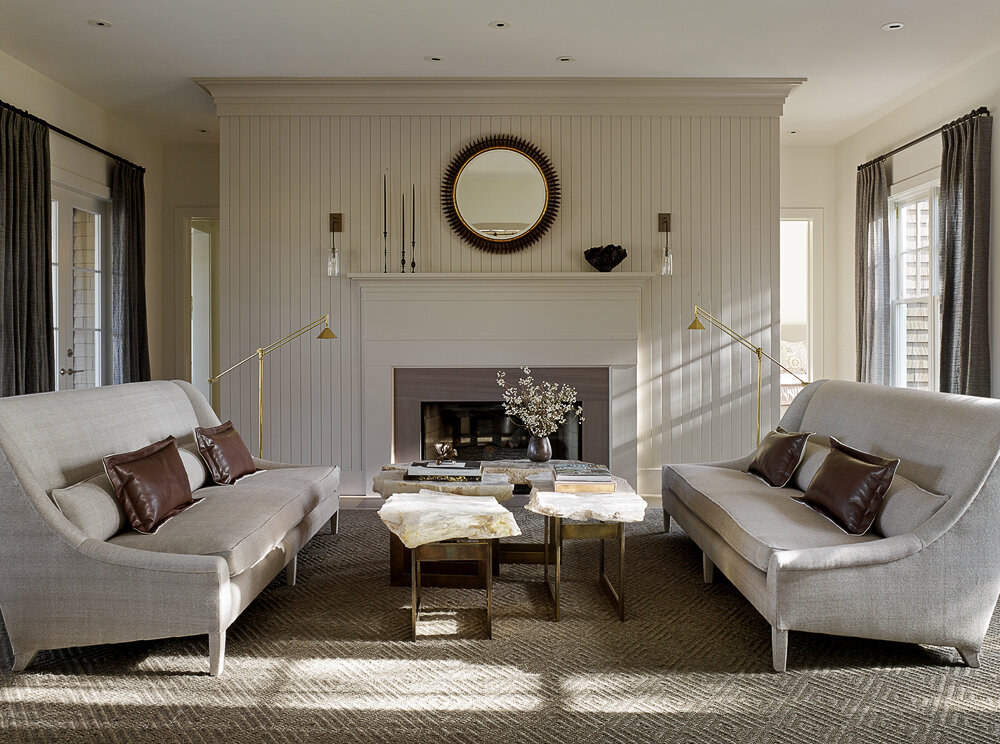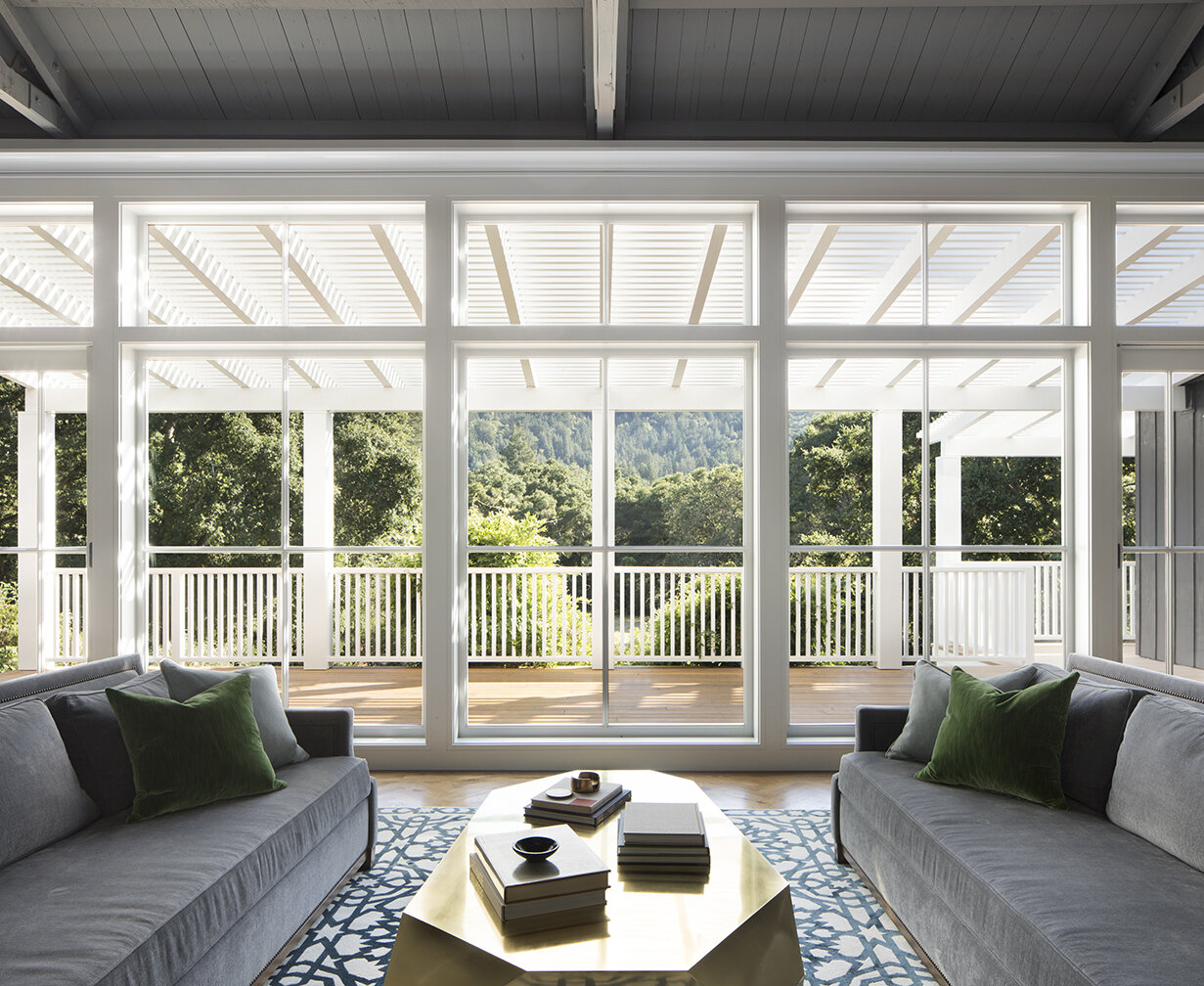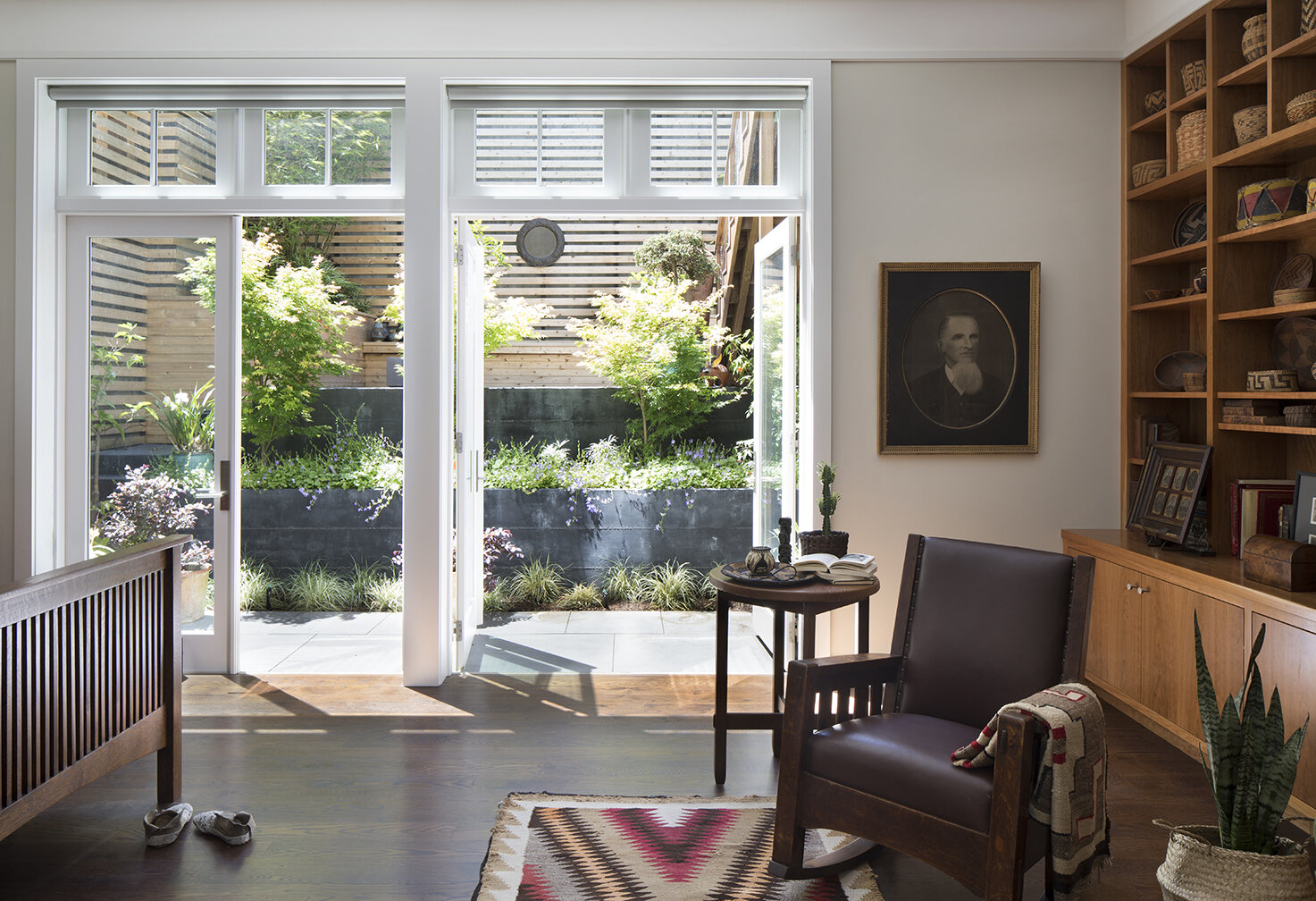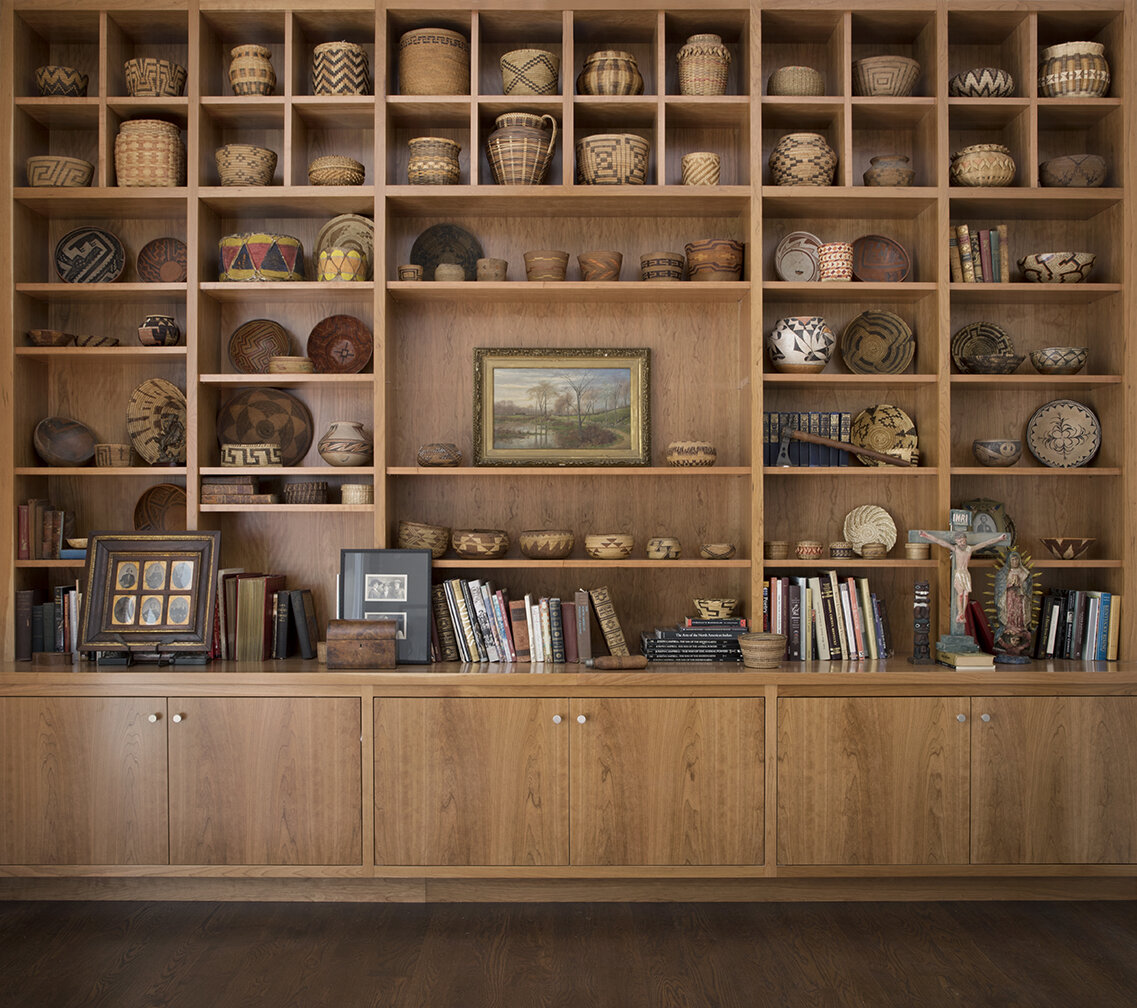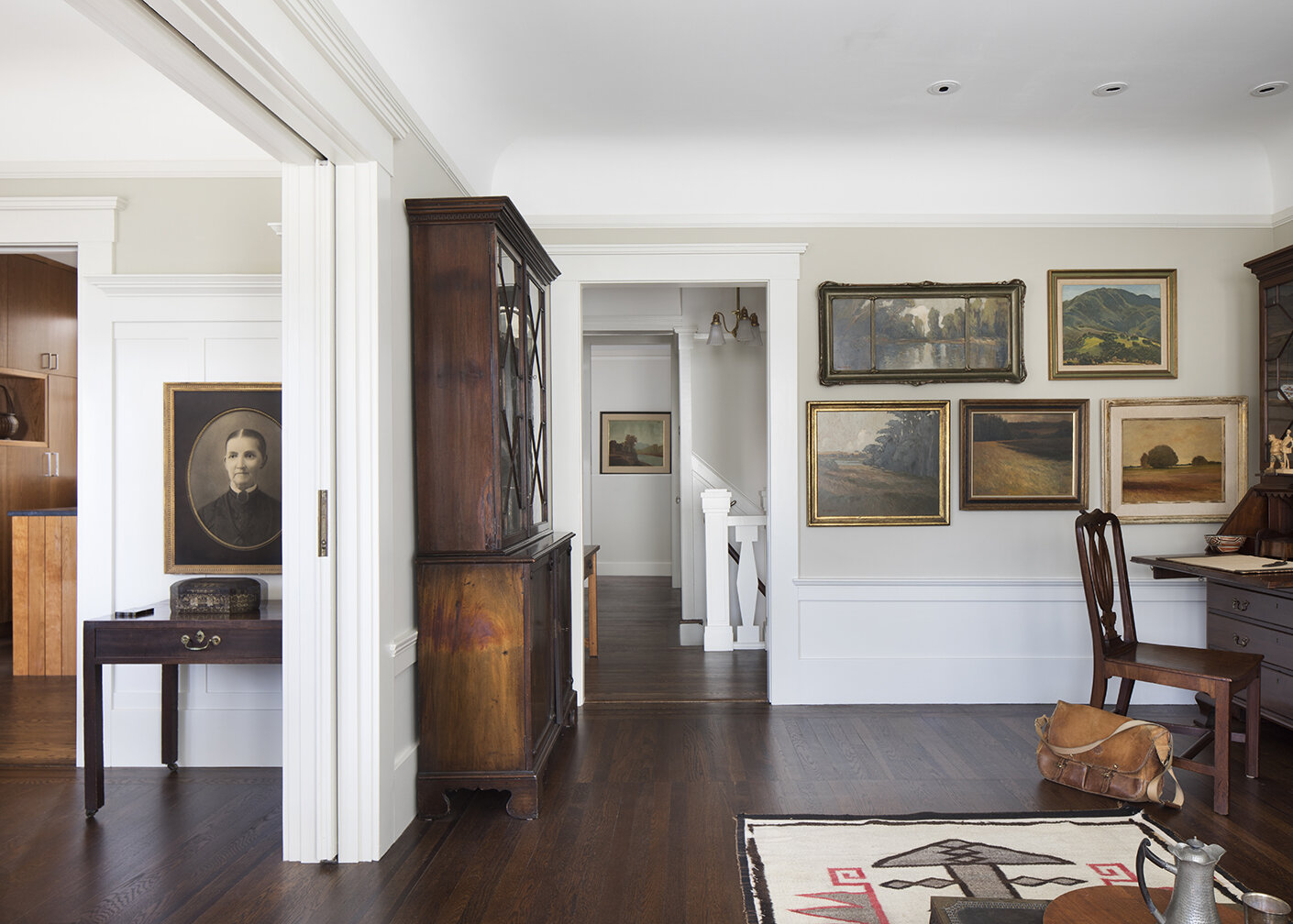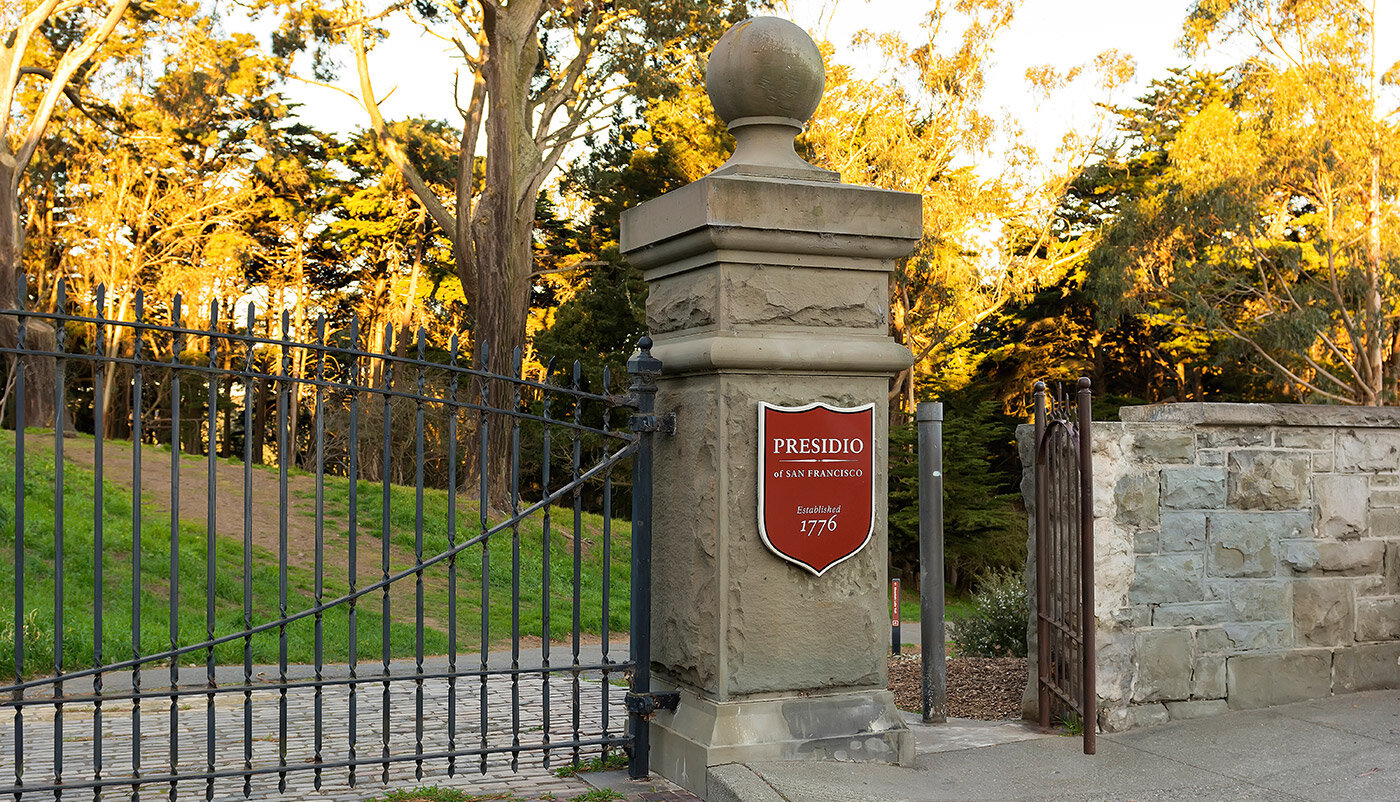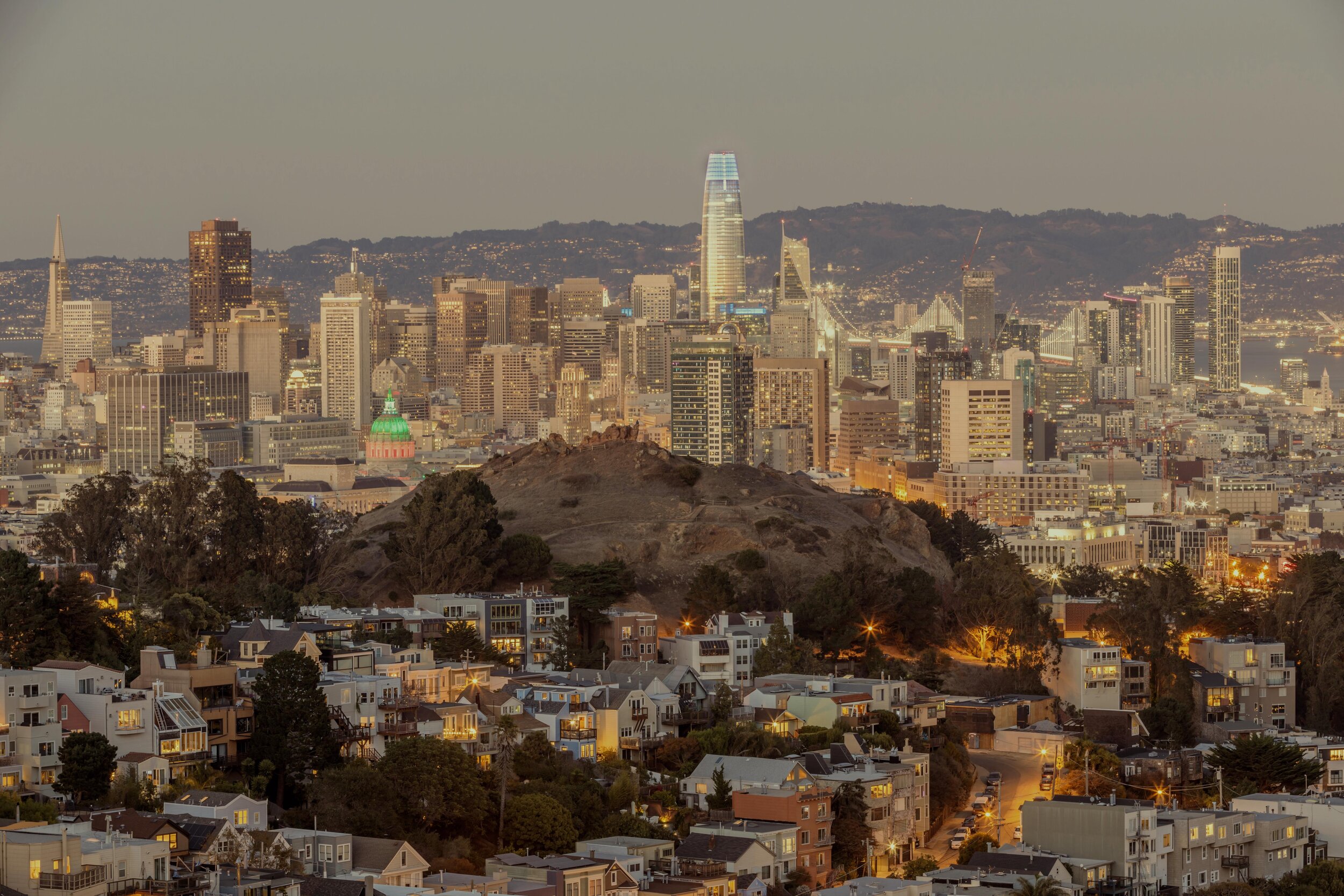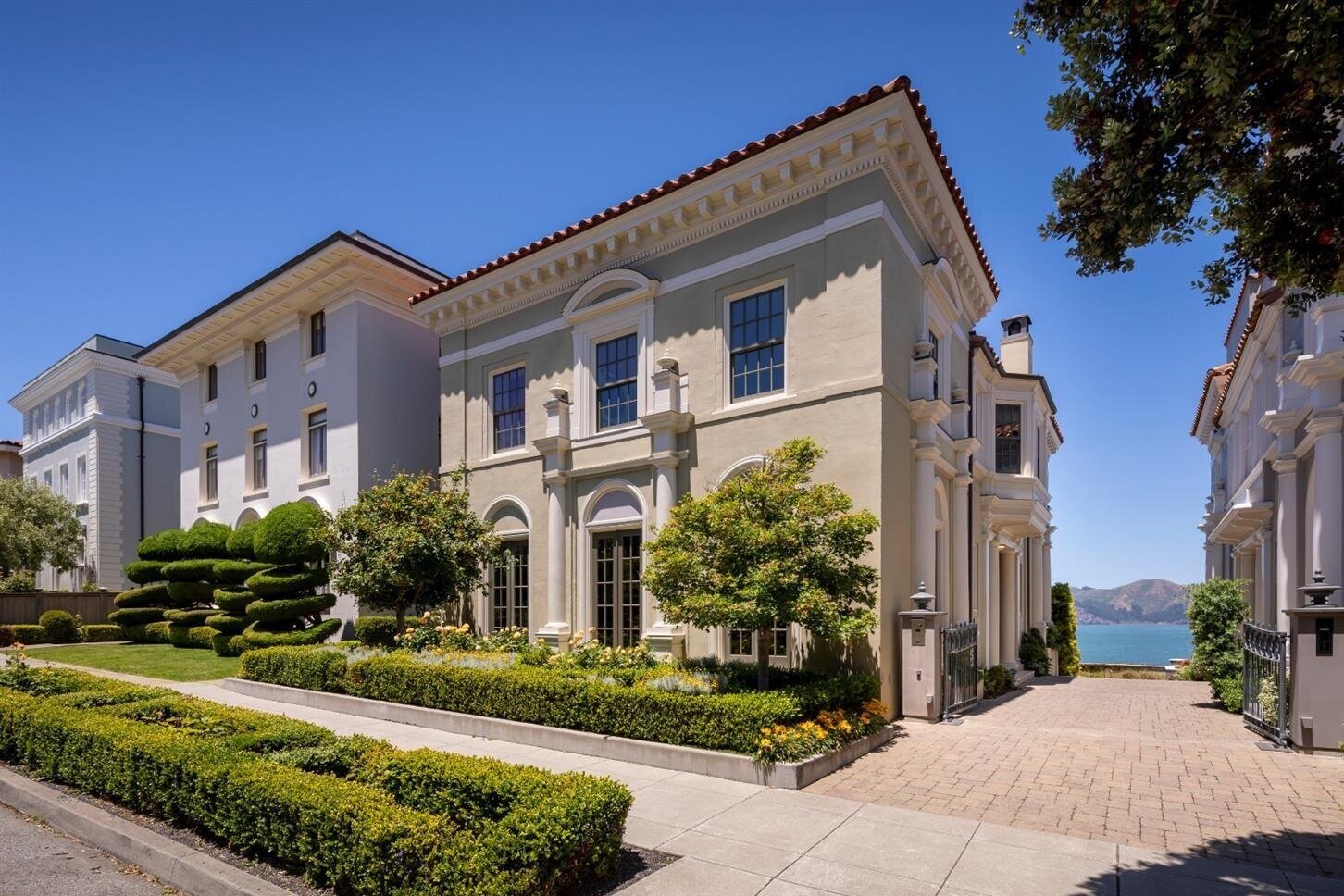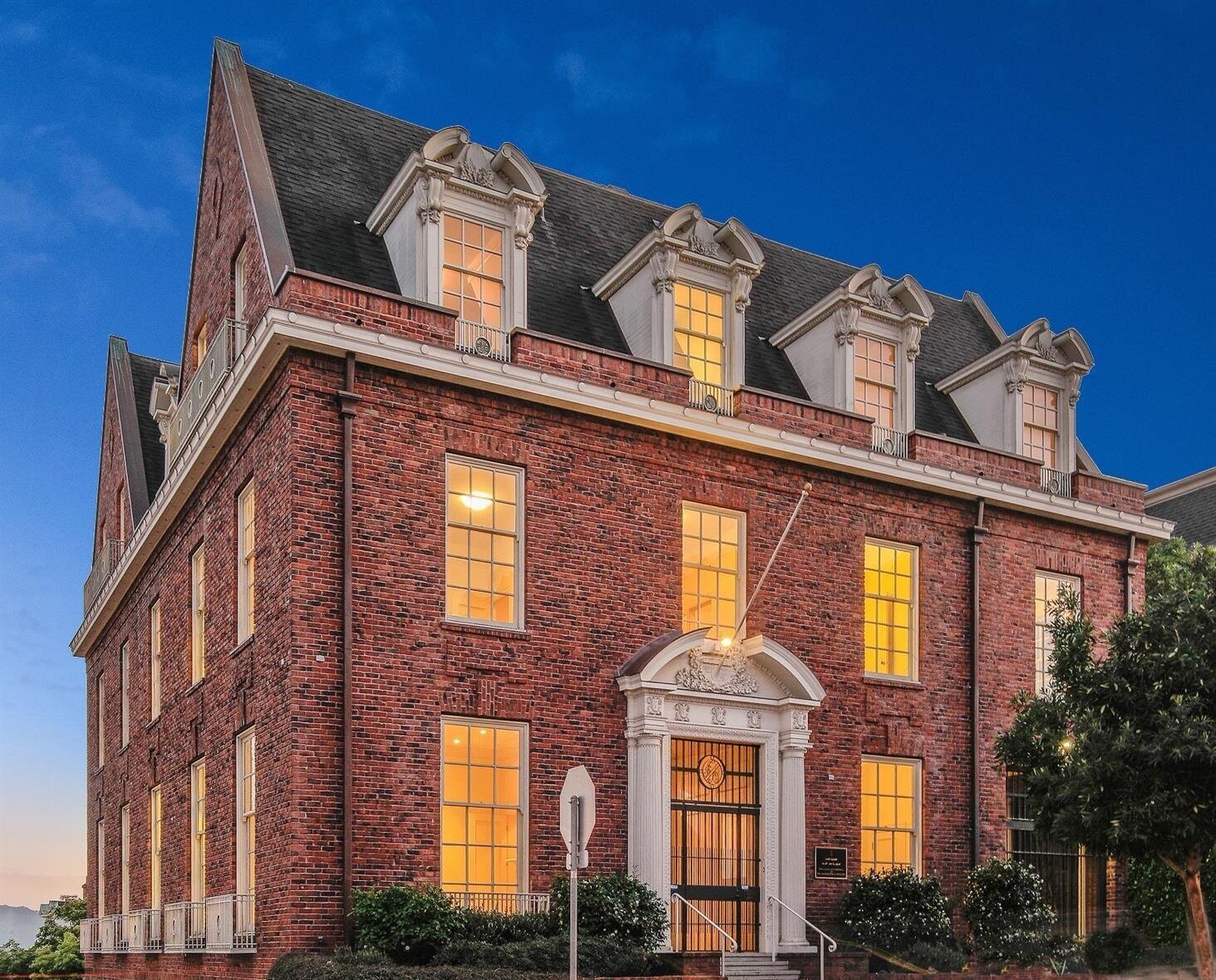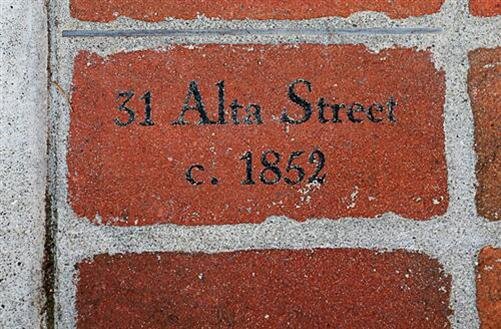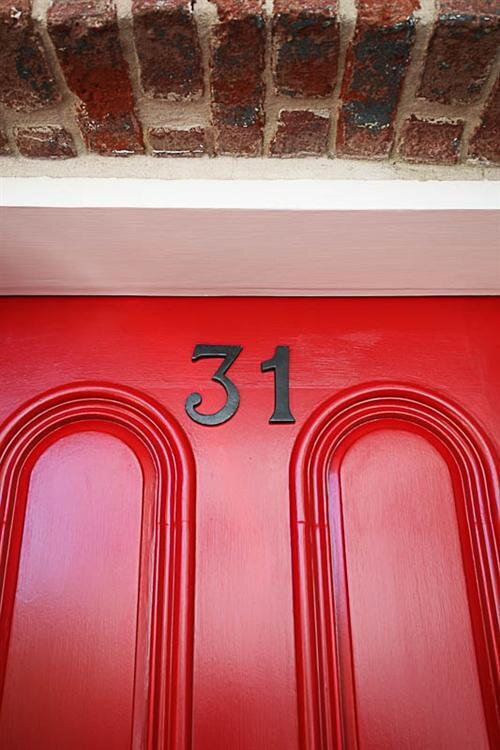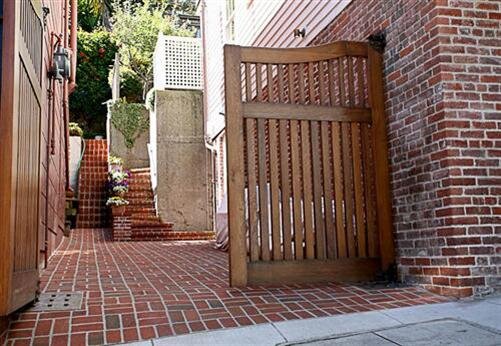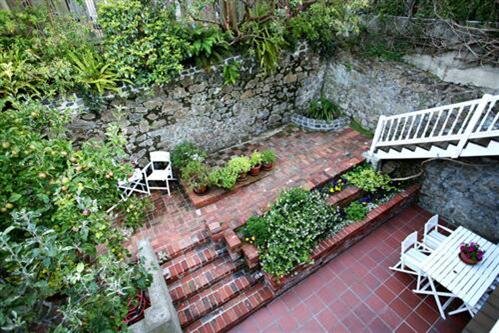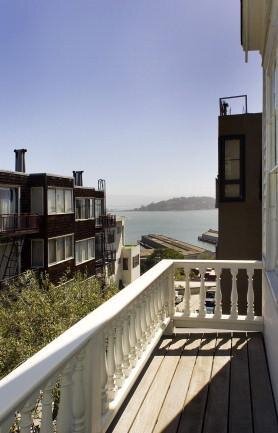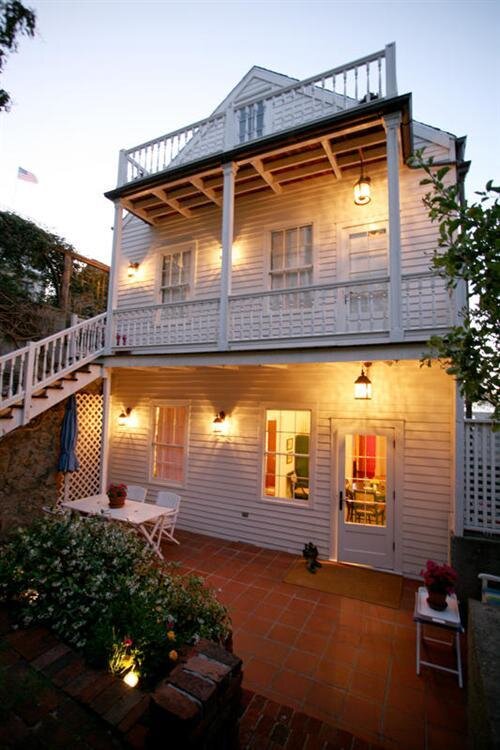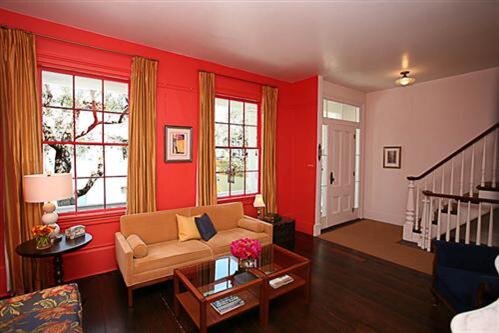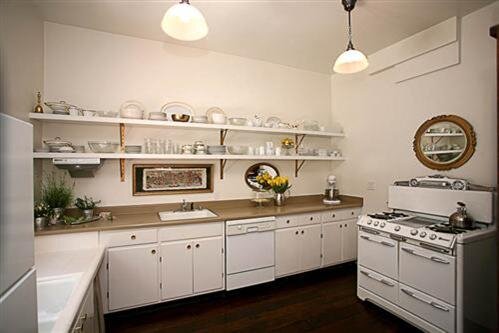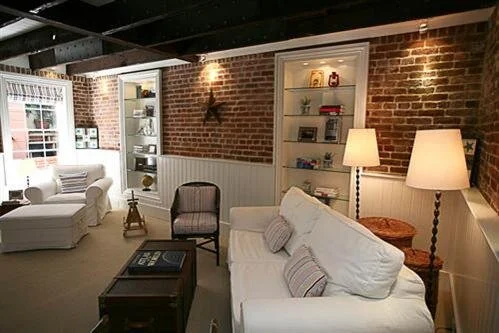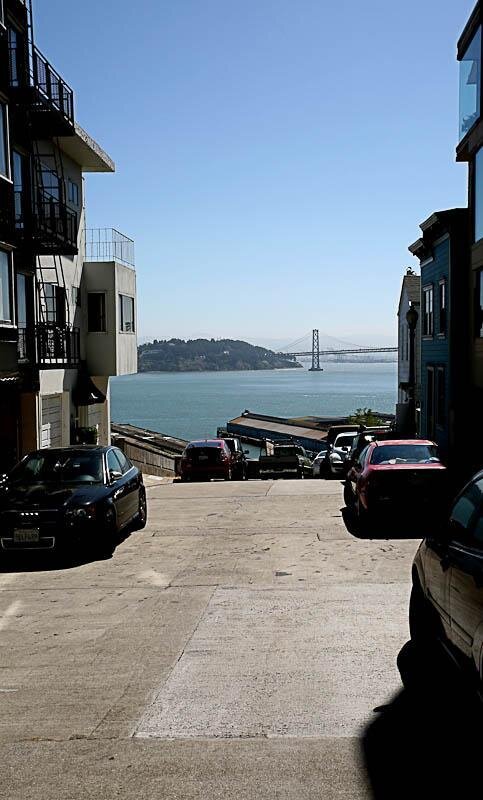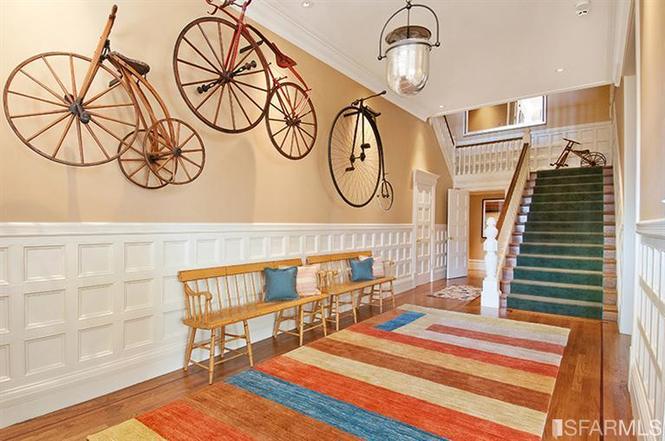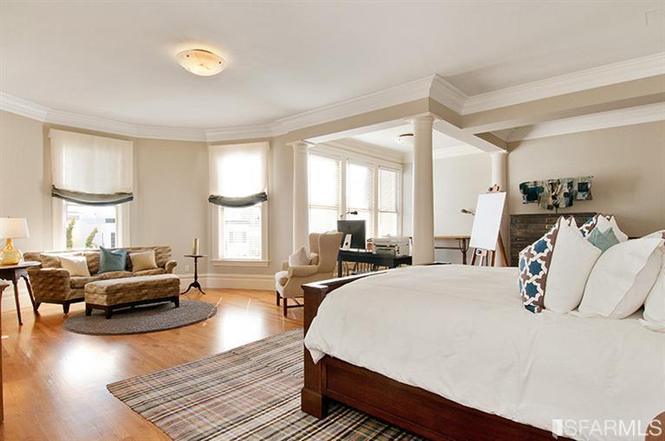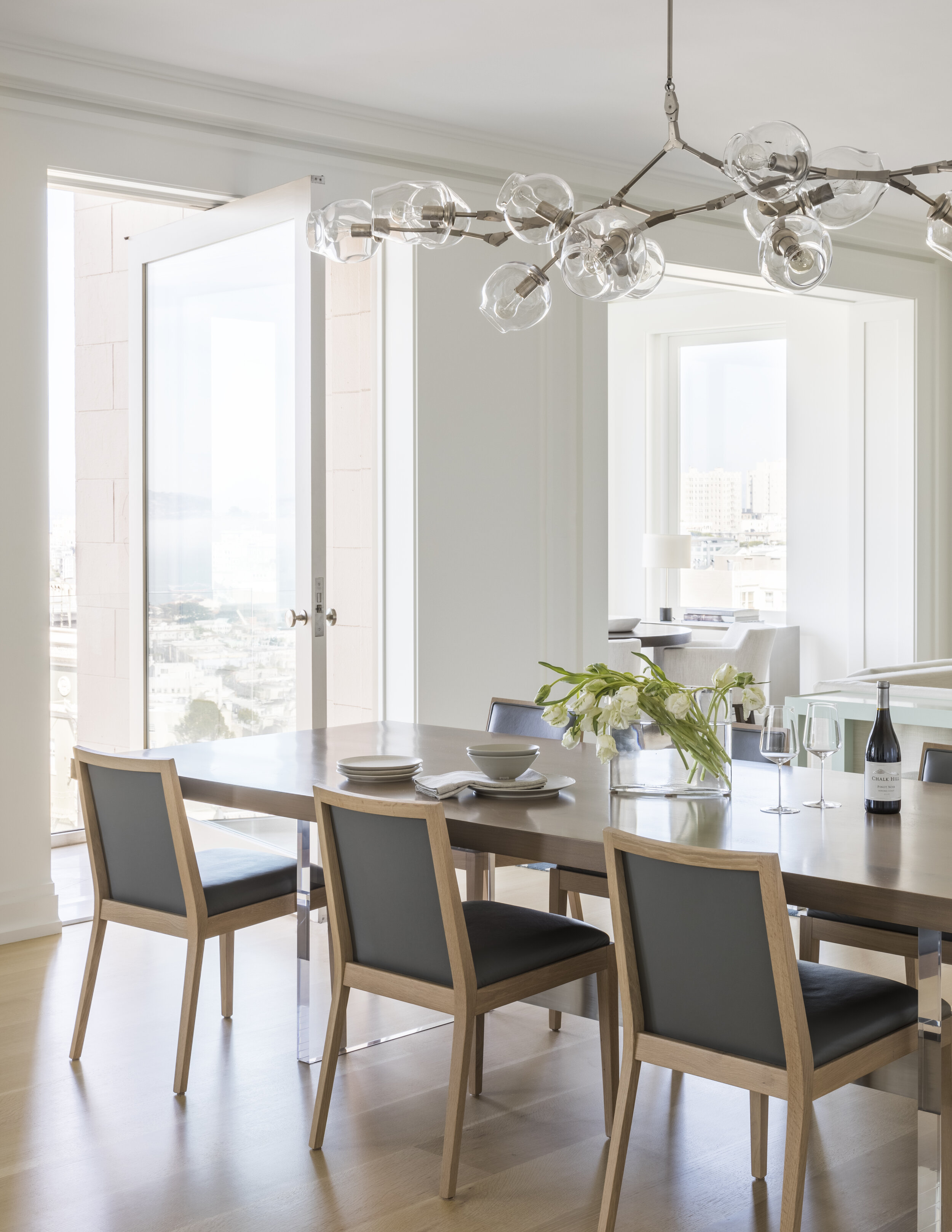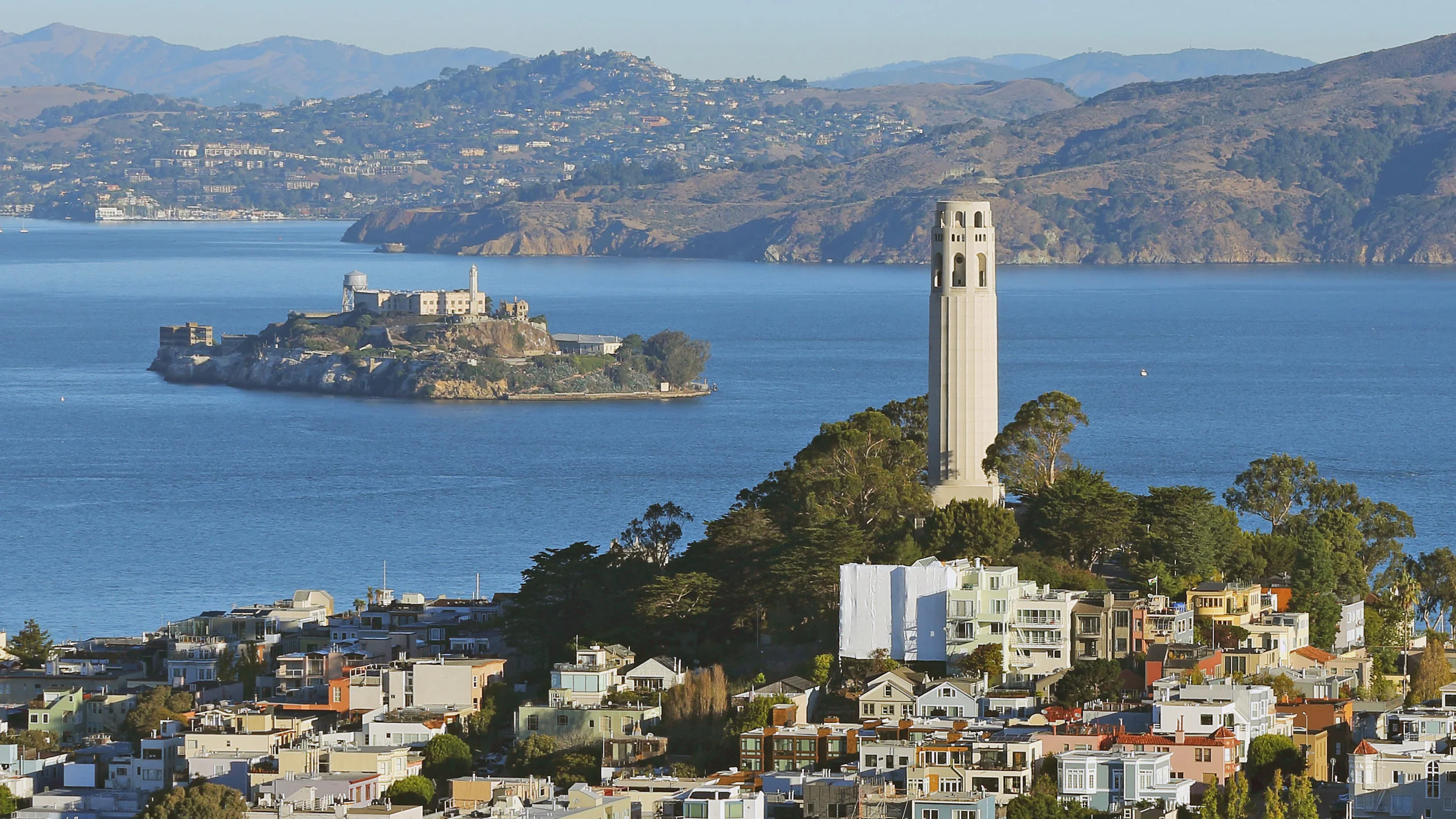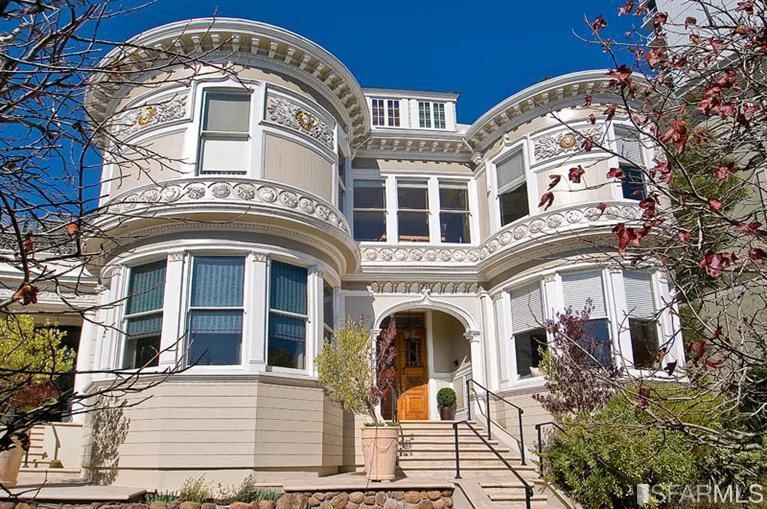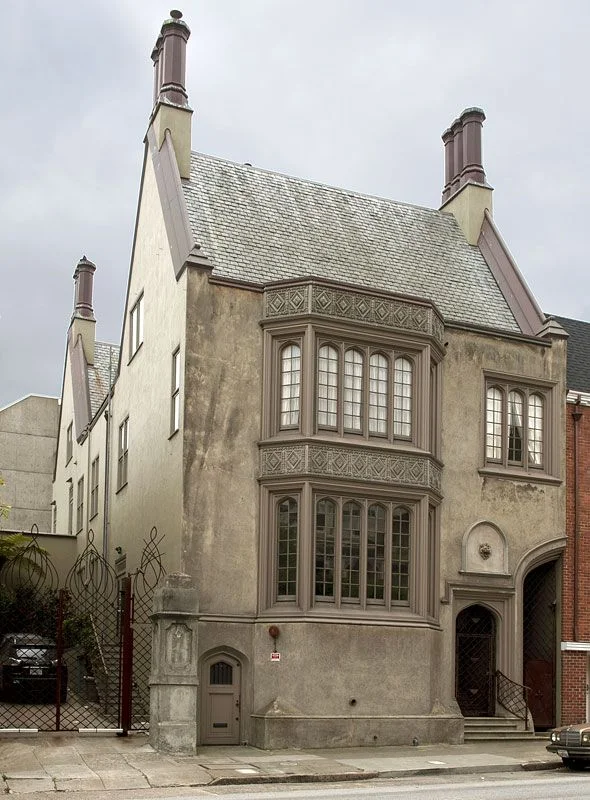Exclusivity and pinpointing the perfect price are the biggest perks of these under-the-radar offers.
When it comes to purchasing luxury real estate in the U.S., there are myriad ways a buyer can score a deal. To one person, a deal is simply purchasing a good property at a lower-than-expected price, and feeling like they got a bargain. To another, a deal means buying the absolute perfect property at exactly the right price. To a third, a deal might mean getting a property at a fair price without having to endure a bidding war or deal with a drawn-out negotiation.
In each of these cases, these sorts of “deals” can be found when buyers work with an agent to purchase what’s known as a whisper listing, meaning a property that never hits the open market via the MLS, or Multiple Listing Service. These off-market listings—also known as pocket listings—have always been around, but they’re becoming more common, said James Harris, a director at the Los Angeles-based realty firm, The Agency, noting that up to 30% of his clients buy or sell inventory in this way.
“Times are changing and the world economy is changing,” he said, “and today, people are trying to be more protective of their privacy than in years past.” But privacy isn’t the only appeal of a whisper listing. “People have also realized that having something exclusive holds more value than having something public,” Mr. Harris continued. Plus, there are benefits to sellers, like the ability to pinpoint an ideal price point without accruing days on market, or just testing the market’s waters before going all in.
The same benefits of an off-market listing apply to other areas around the world with luxury real estate, specifically when buyers and sellers are in the public eye, and have an increased need for privacy, or when the market is incredibly tight, and a certain type of in-demand inventory is scarce. “The success of a whisper listing is often dependent on how scarce the product you’re selling is,” said Leonard Steinberg, the New York-based chief evangelist at Compass.
Here is what both buyers and sellers need to know about how a whisper listing can work in their favor. In the past, whisper listings were really just in-the-know real estate agents sharing intel with each other about who might want to sell—or be willing to sell—even if they haven’t yet listed their property.
That still happens, said Mr. Steinberg, noting that, “a good agent knows all of the inventory in a market really well—not just what’s for sale, but everything that’s out there—for this reason.” With 22 years in the business to his name, he understands all of the inventory that’s out there, not just the 5% to 10% of inventory that listed “for sale” at any given time, he said. “I like to think that every property in the world is a potential whisper listing,” he said, meaning that almost every owner is likely to sell if they’re offered the right price. “If you come in, unsolicited, and offer someone with a $1 million home, $2 million, it’s going to take a lot of energy for them to not entertain that.”This is why it’s so important for a buyer to work with a knowledgeable agent, he said.
For Sellers: A Testing Ground to Pinpoint the Perfect Price
The real benefit of the “Coming Soon” feature on Compass’s website and a listing on The PLS or other off-listing websites is for sellers to test the market specifically related to price point. “If I meet a seller today and they think their home is worth $5 million and I think it’s worth $4 million,” Mr. Harris said, “they can test their $5 million price on The PLS and see if they get any action.” If they don’t get much interest or schedule any showings, they can consider that feedback, and re-consider price before hitting the MLS.
The same can be true of any word-of-mouth listing, even if it isn’t posted on one of these websites. If a broker shares a new listing with their colleagues, and they get feedback that the price point is ridiculous and way too high—or alternatively, that the price seems too good to be true—they can adjust. “The thing about the MLS is that it can be a seller’s best friend or their worst nightmare,” Mr. Harris said, noting that the “best friend” aspect speaks to its massive reach, while the “worst nightmare” bit happens if someone incorrectly prices a property and starts accumulating days on market. “That can be extremely detrimental to the sales process,” he said, “as the longer you’re on the market, the harder it becomes to sell a property.”
Mr. Steinberg agreed. “In this market, properties listed above $5 million are selling far, far more slowly than they used to, and no one likes to accrue days on market,” he said. “Keeping a listing ‘hush hush,’ or semi ‘hush hush’—or even getting it out there as the loudest secret on the planet, as long as you don’t officially list it—can have value.”
In Most Cases, the Open Market is Still Best
Even as whisper listings may be getting more common—at least at first to test price points—Mr. Steinberg said he still thinks the open market, where there is greater reach for a seller and an ability to connect with a global marketplace, is the best way to go. “The open market is traditionally the smarter way of exposing a property to the best audience,” he said, and in turn, getting more offers and a higher price. For buyers, too, purchasing from the open market means you’re less likely to overpay, because you can see what the market dictates is fair and right. “Usually when something is a whisper listing, you can expect to pay more for it,” Mr. Steinberg said. “When there’s no competition, you just can never be certain you’re paying the right price.”
Originally Published on September 20, 2019
By Anne Machalinski in Mansion Global


